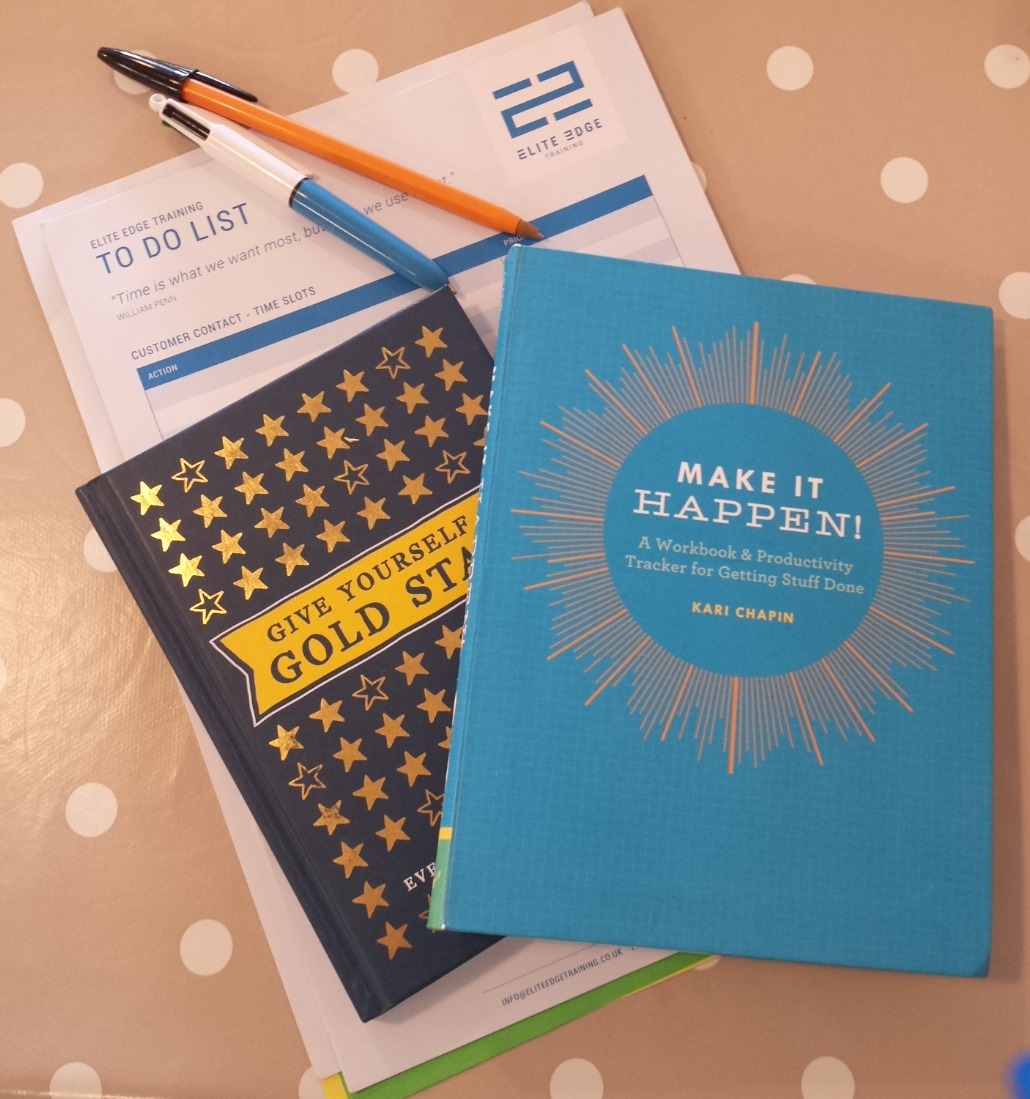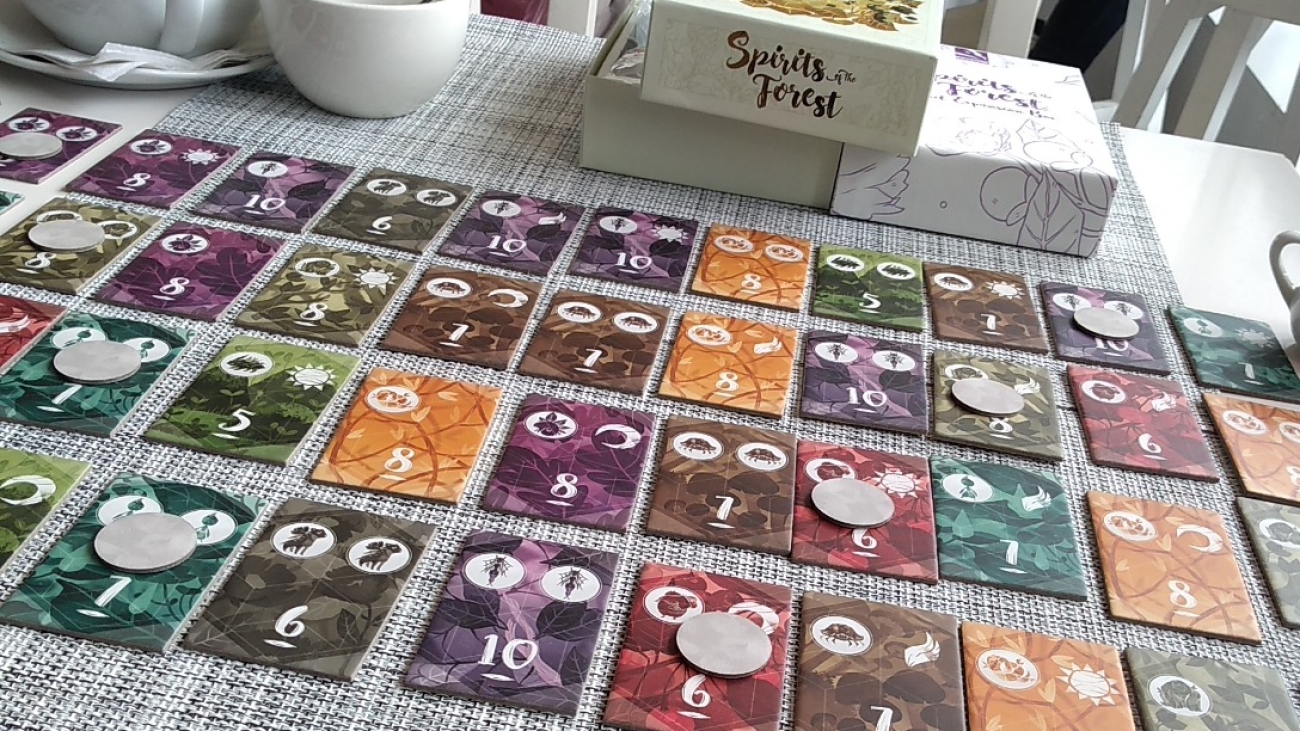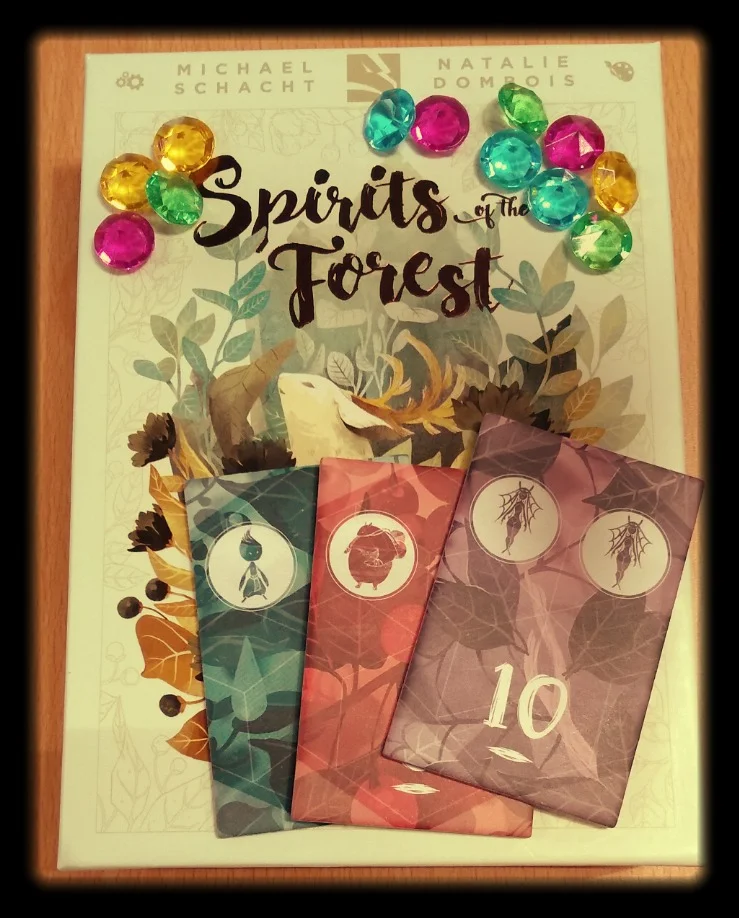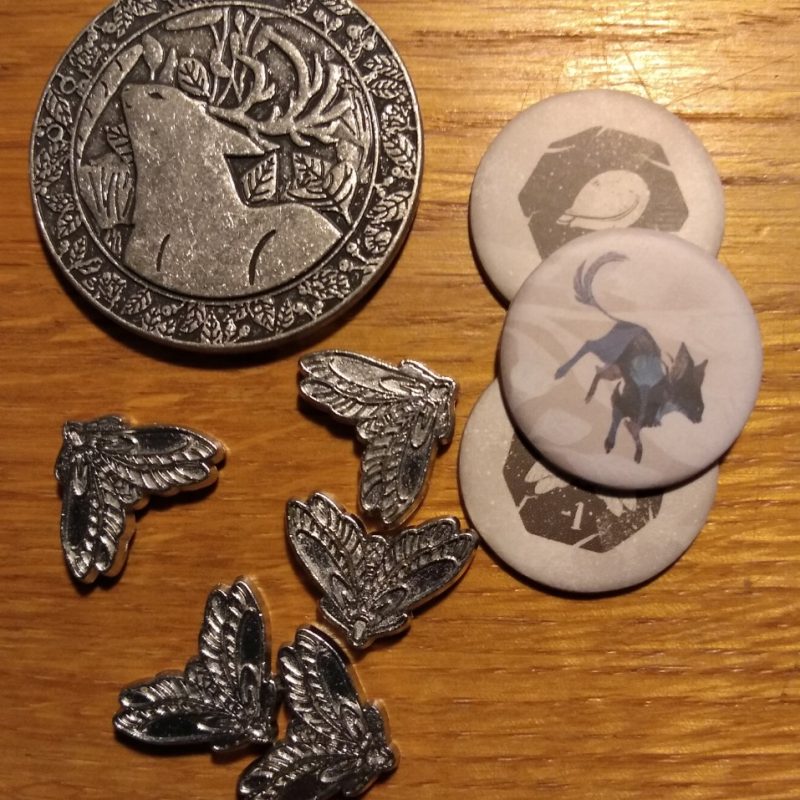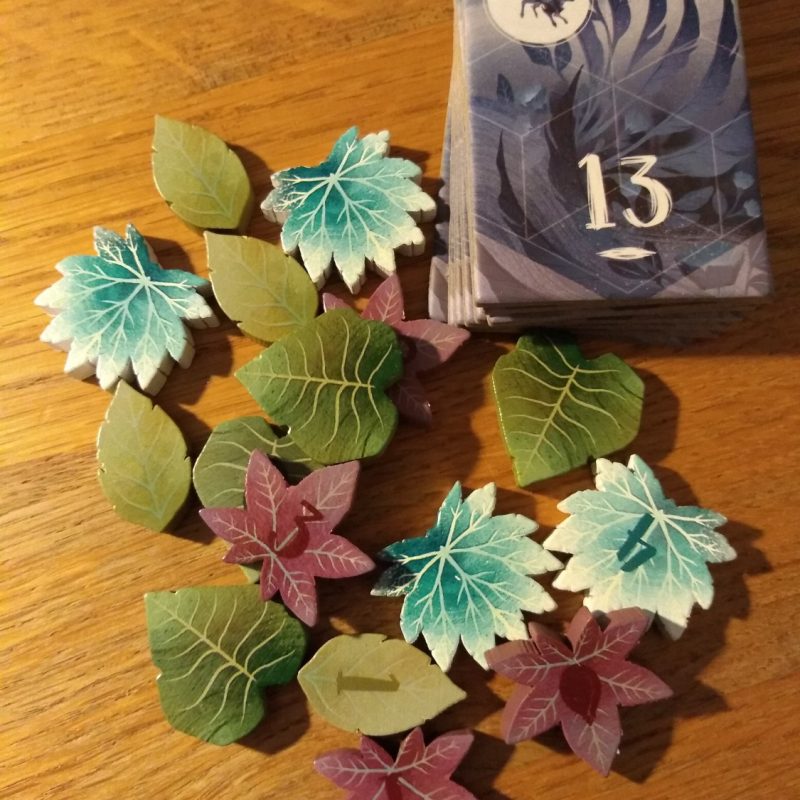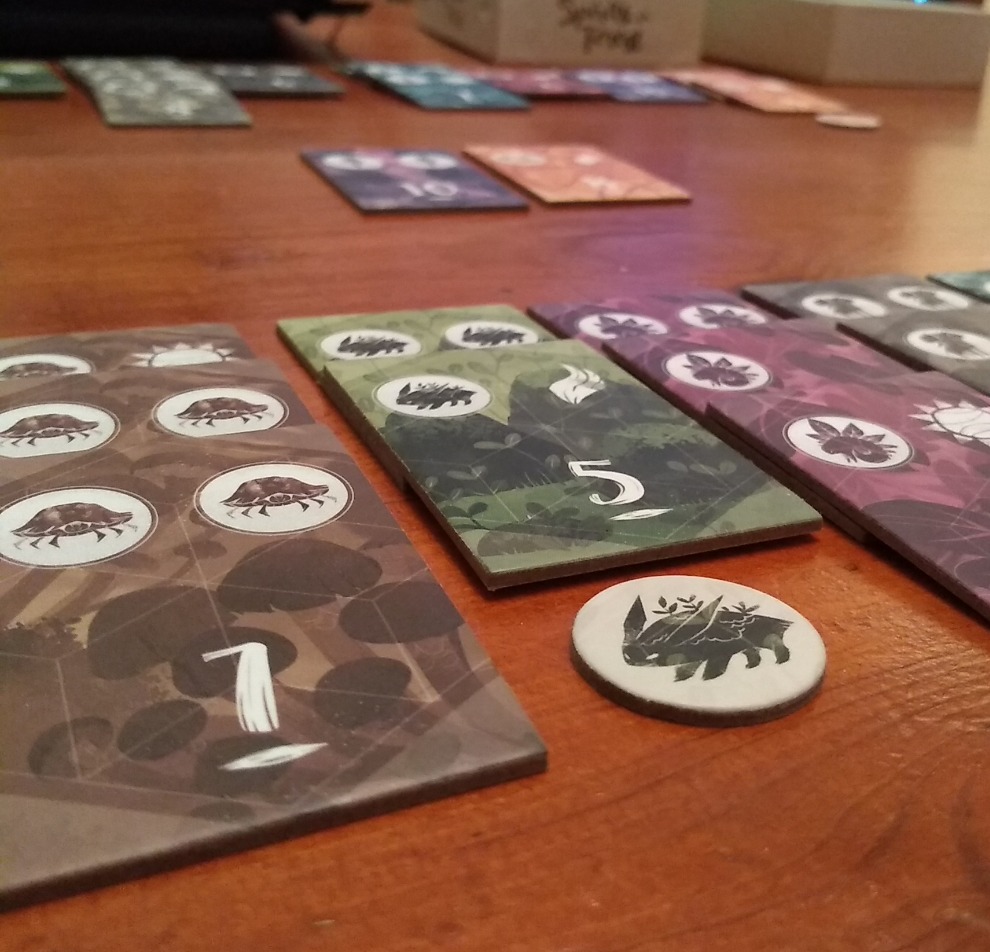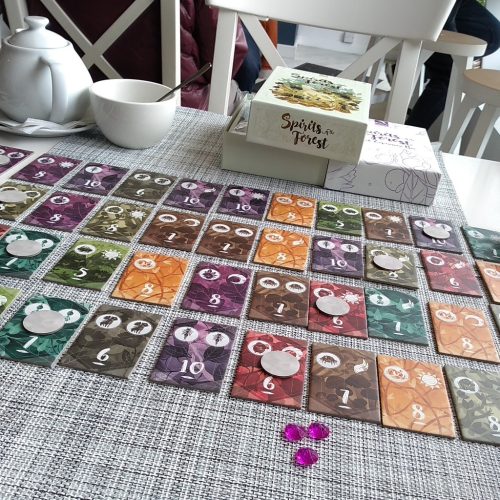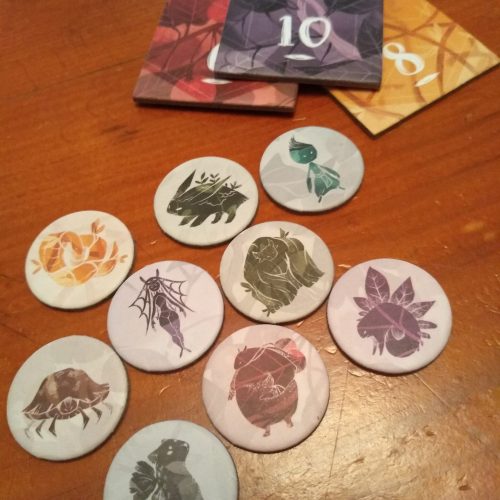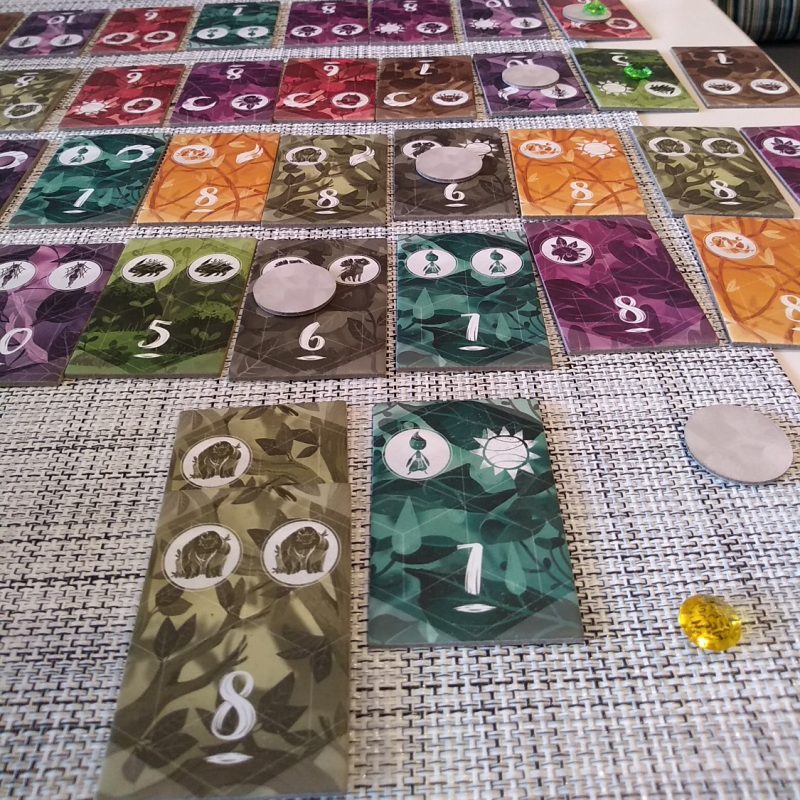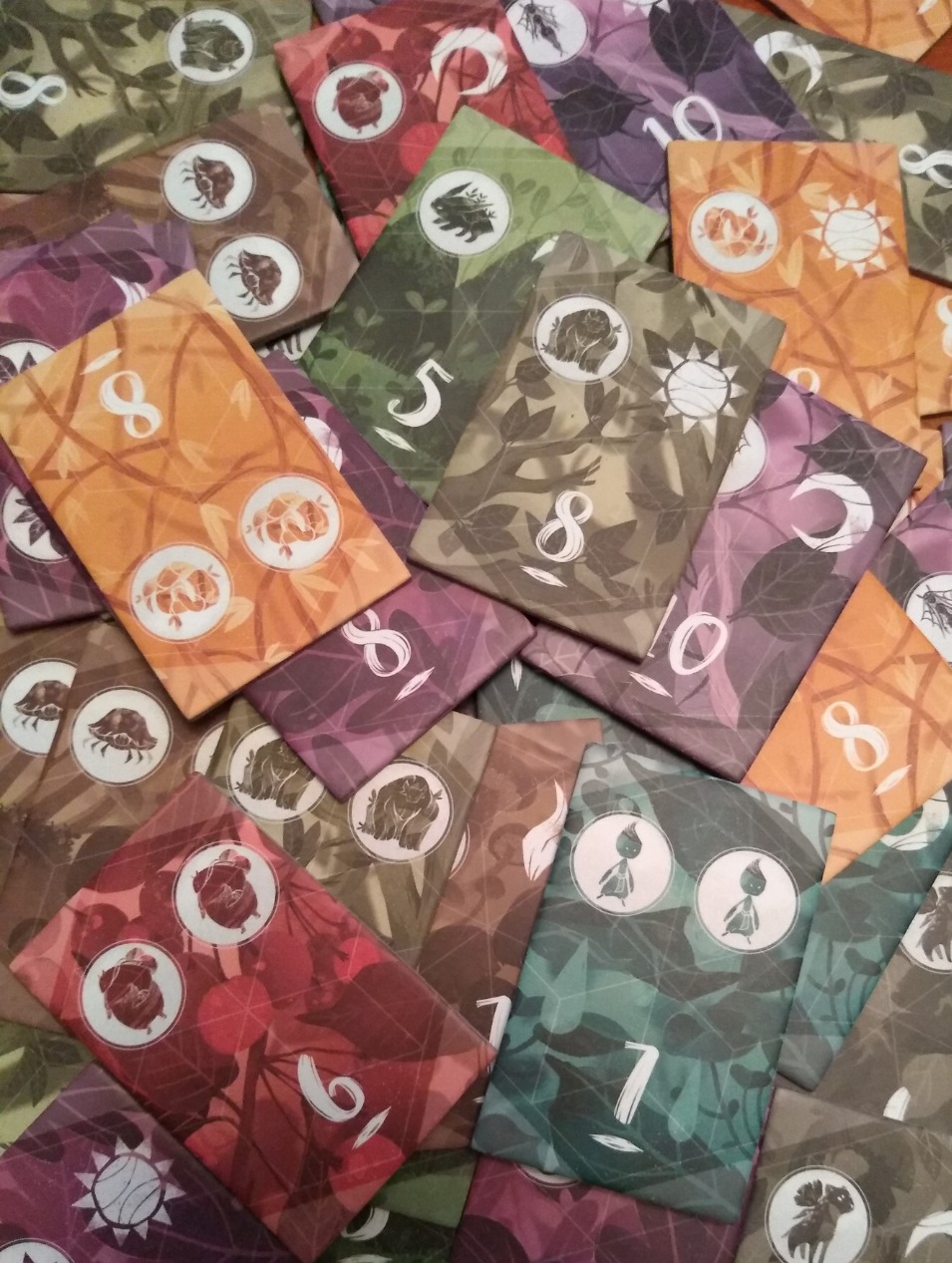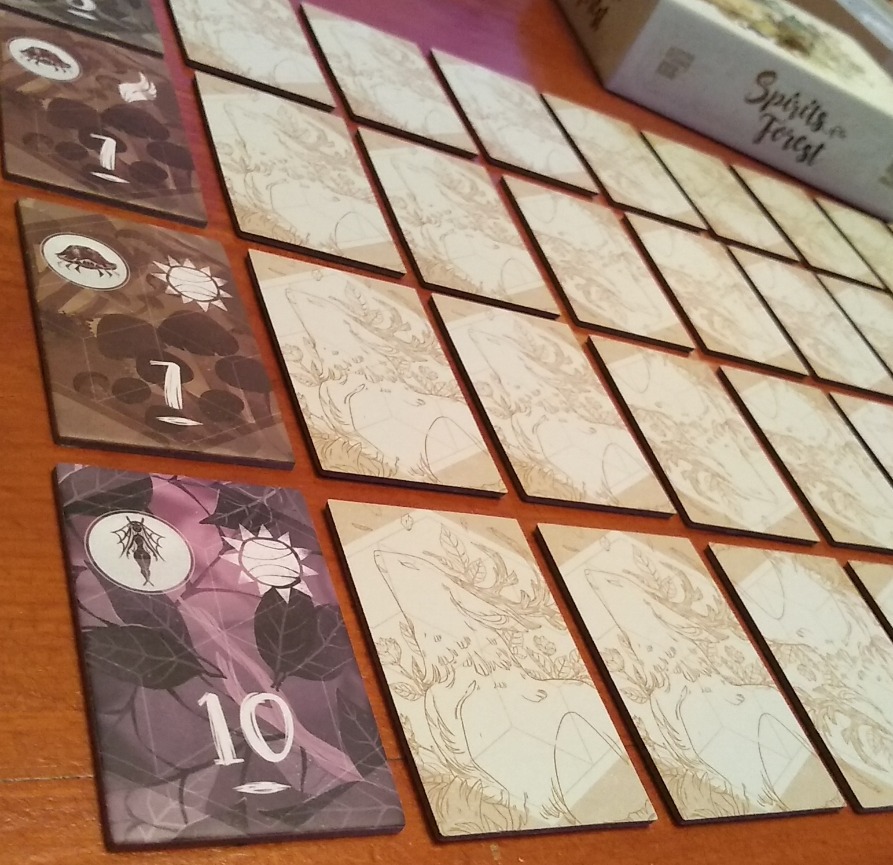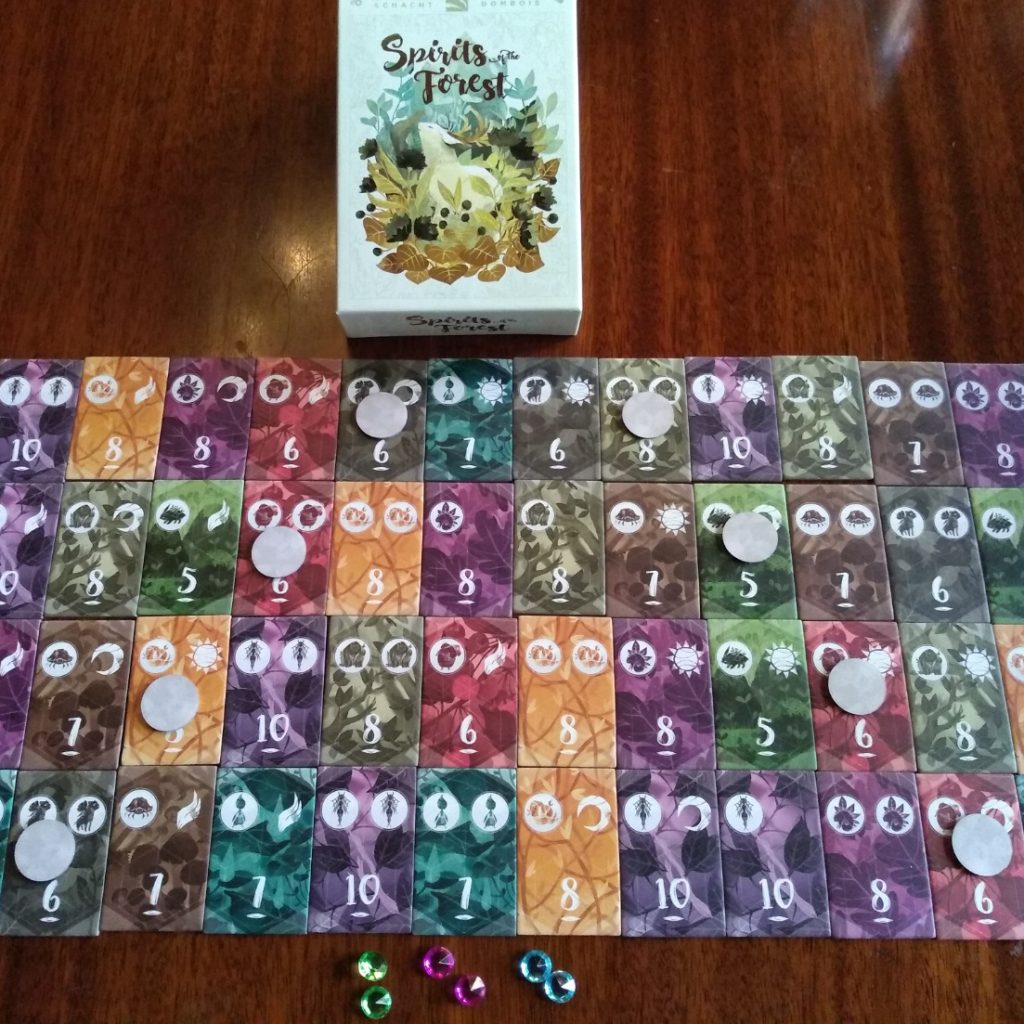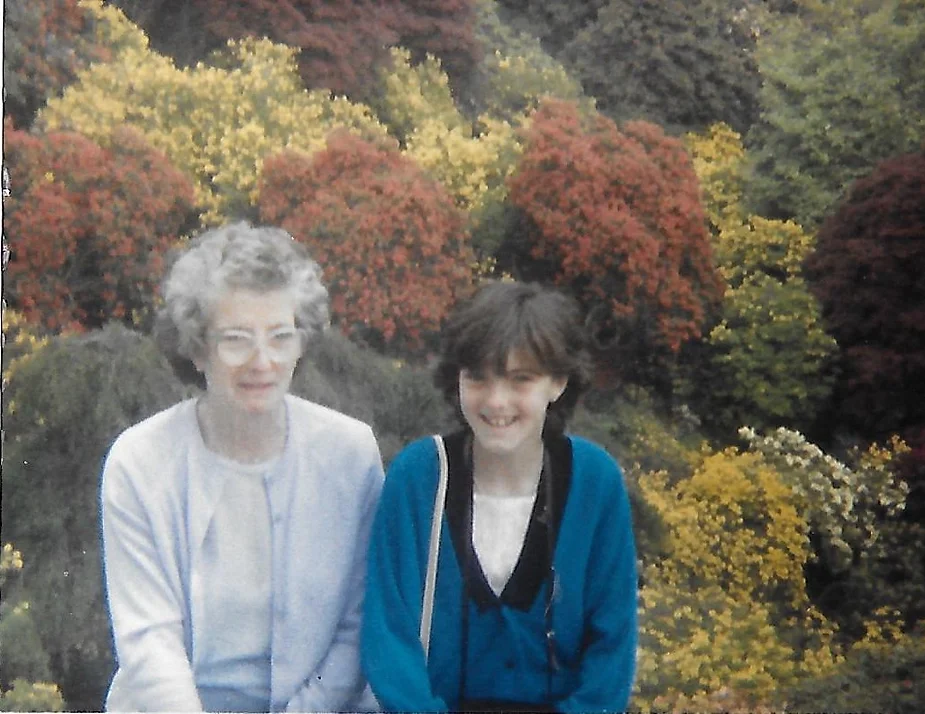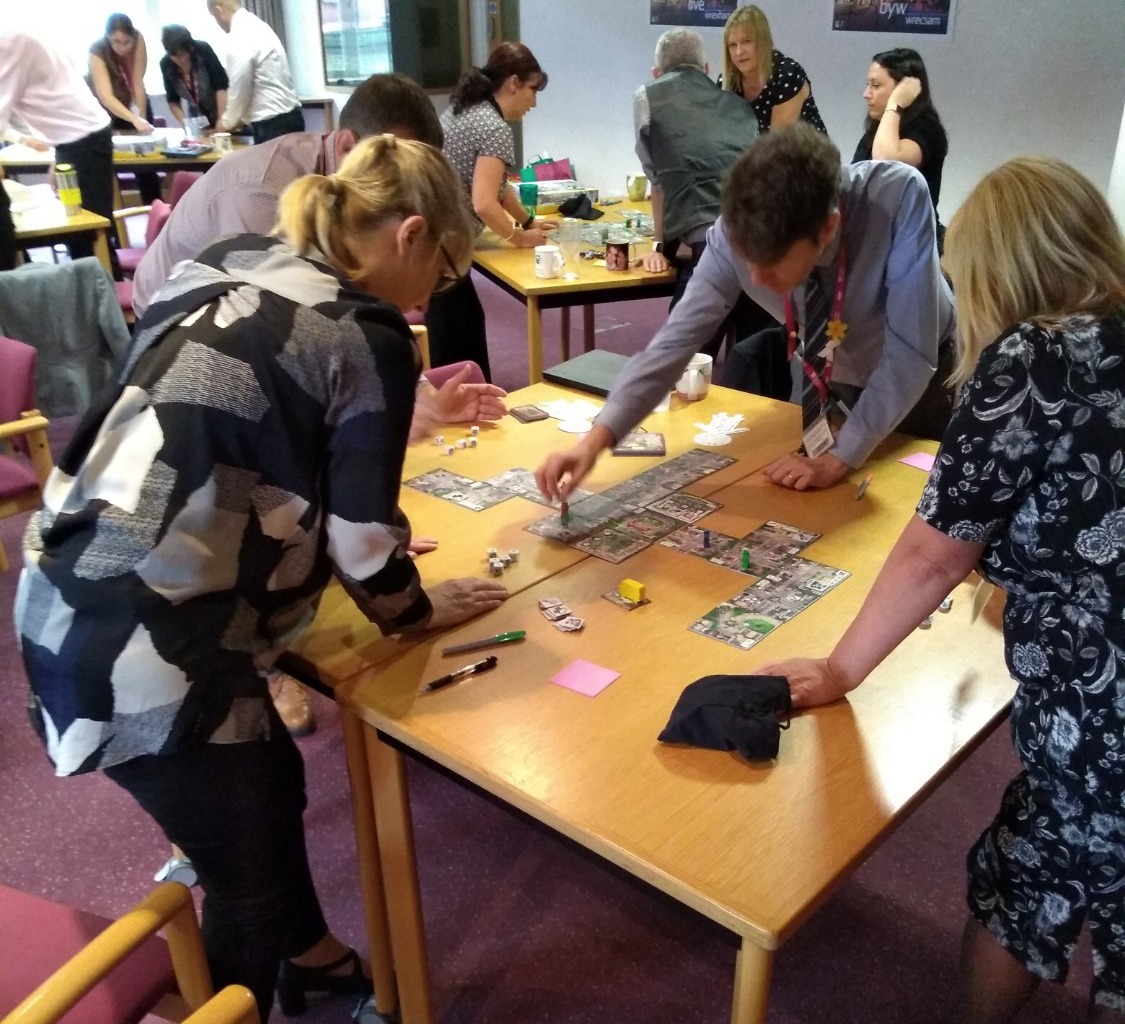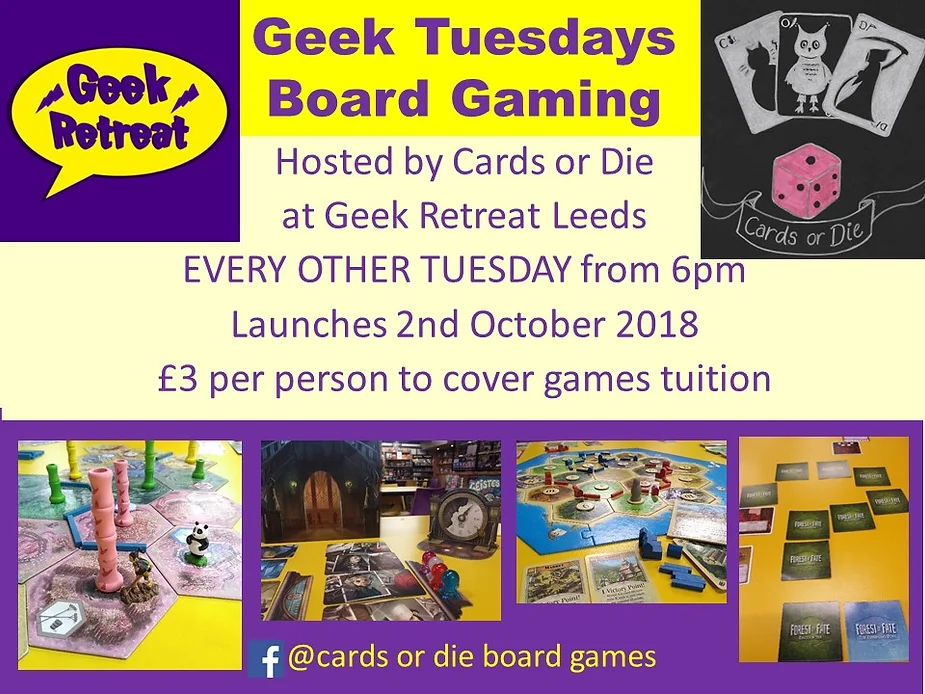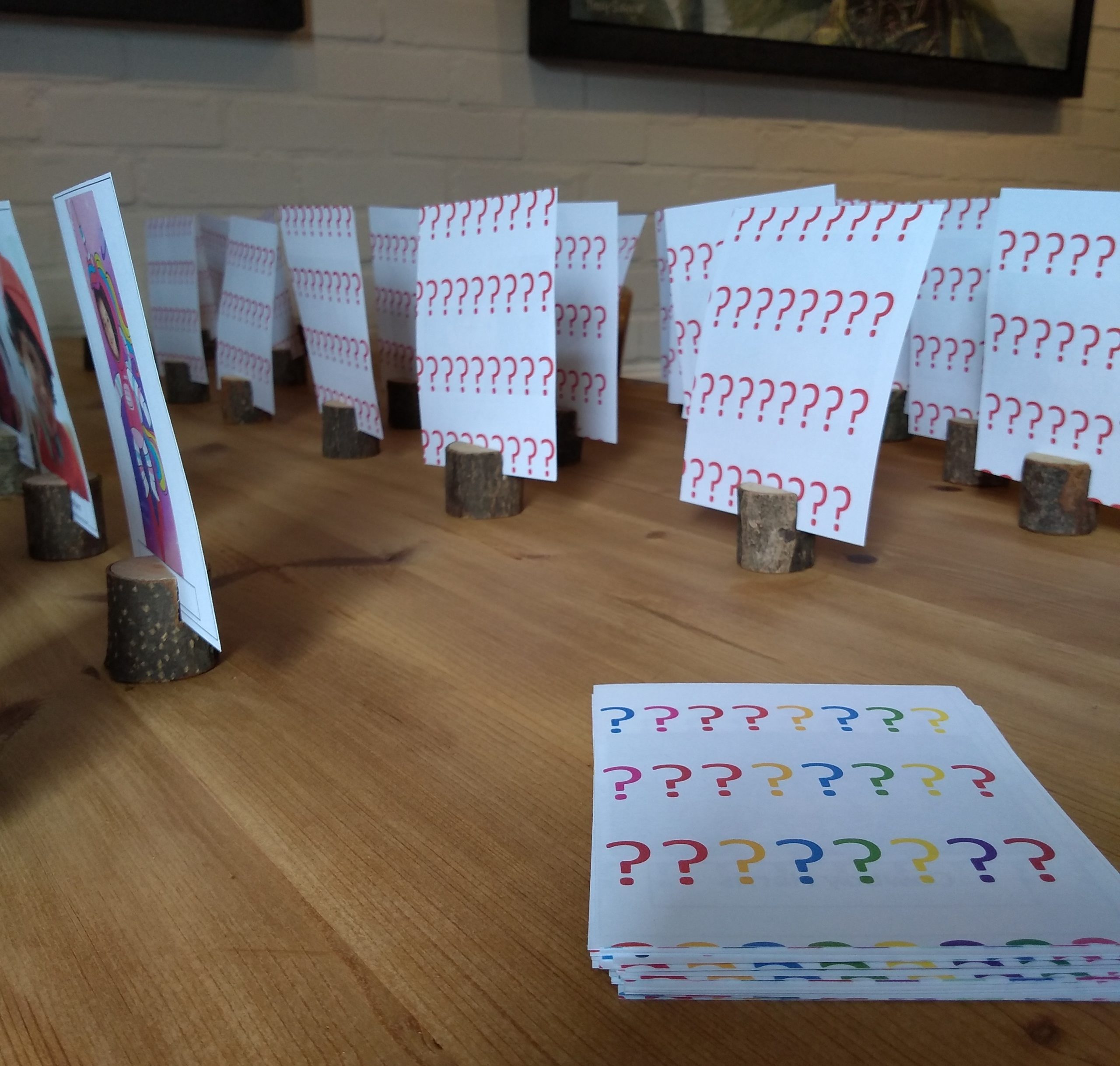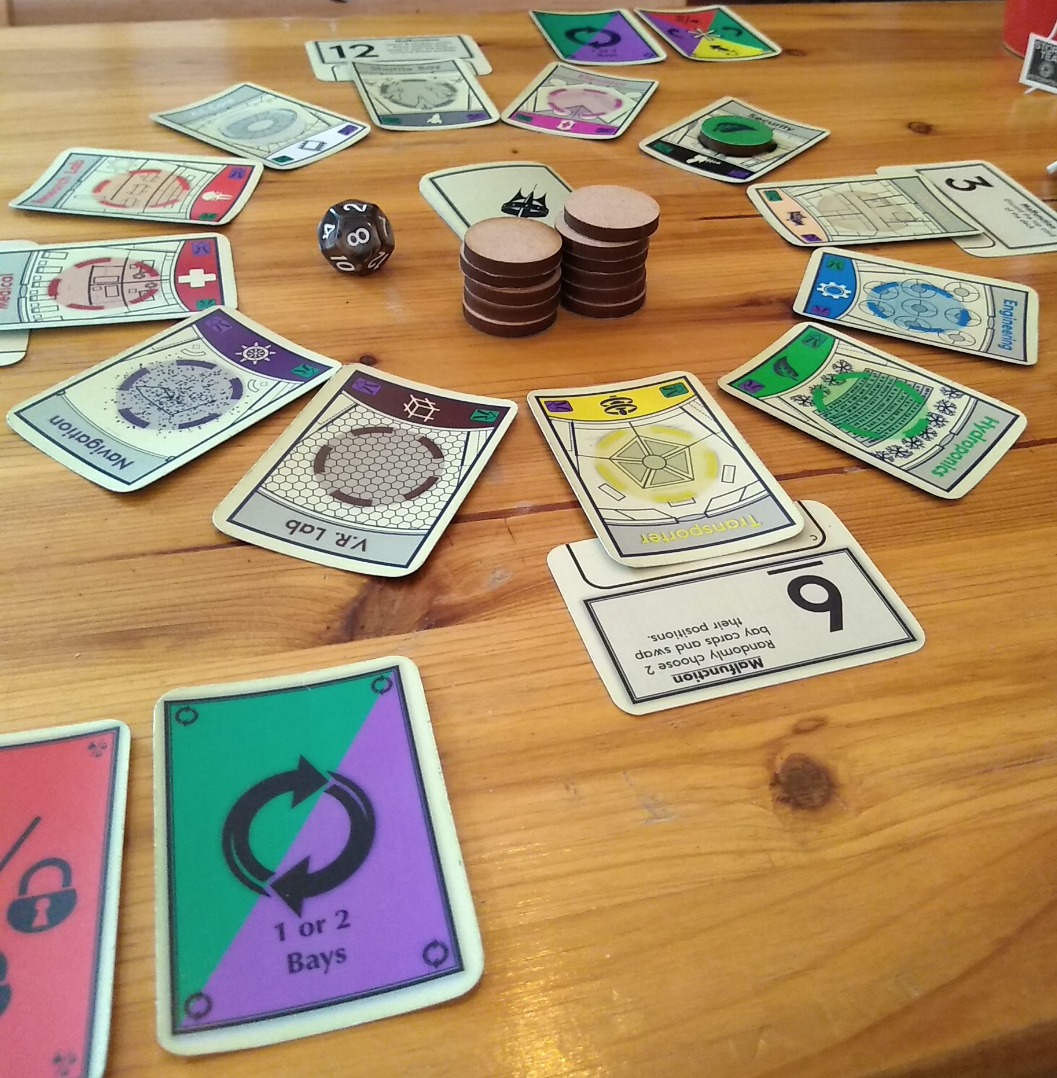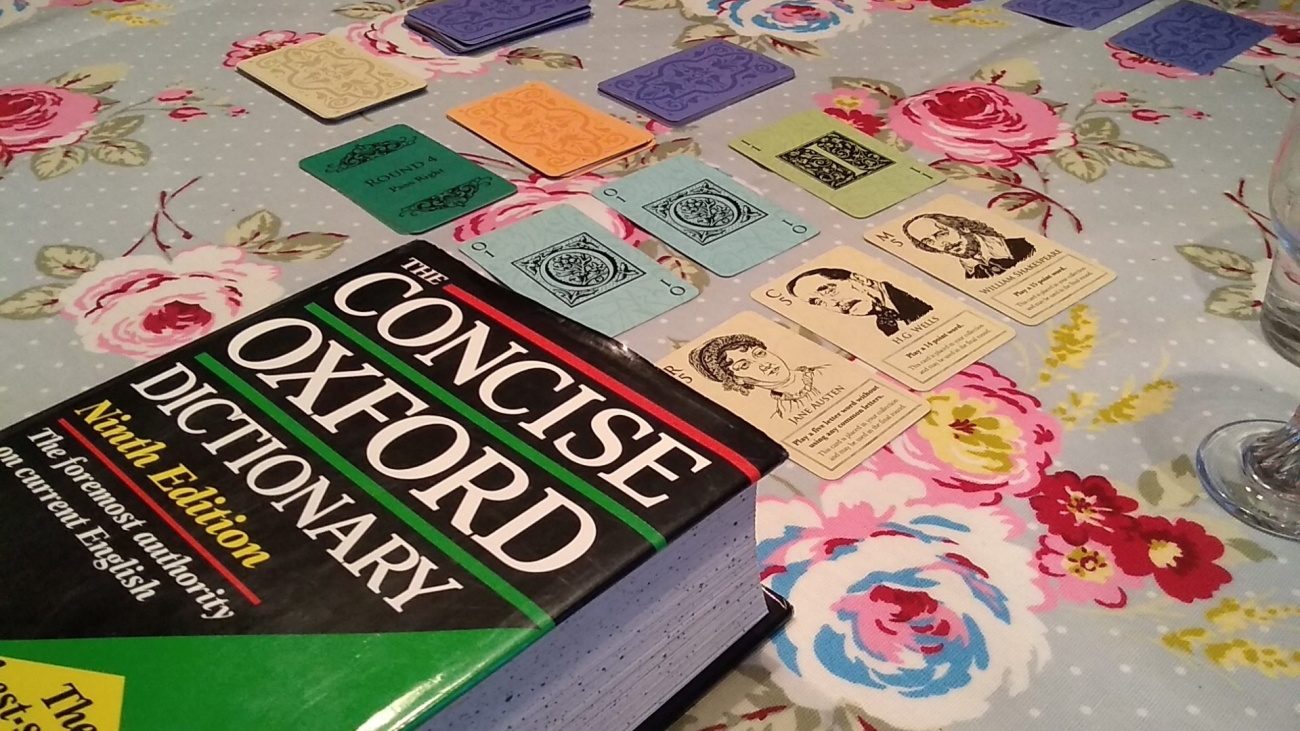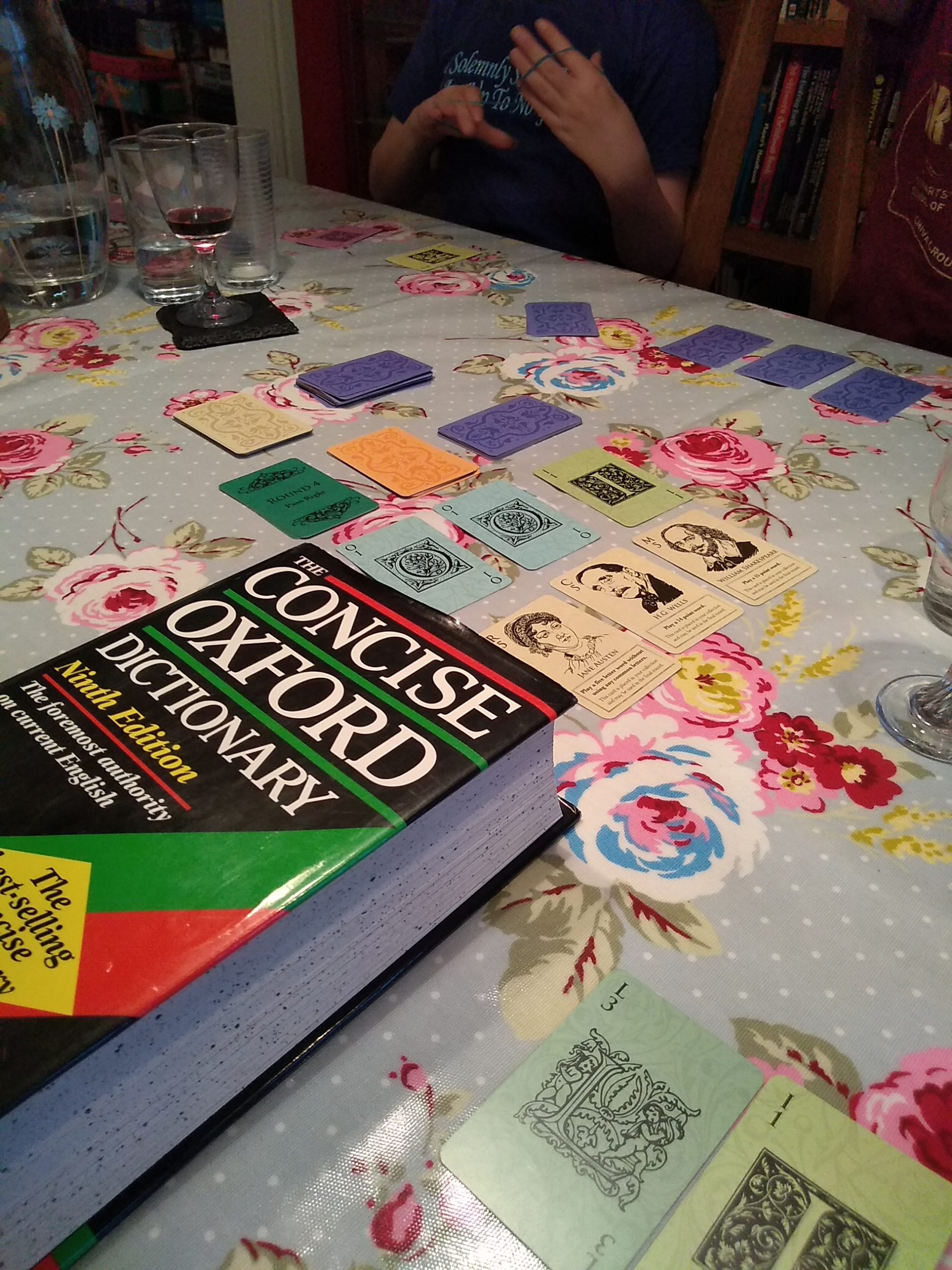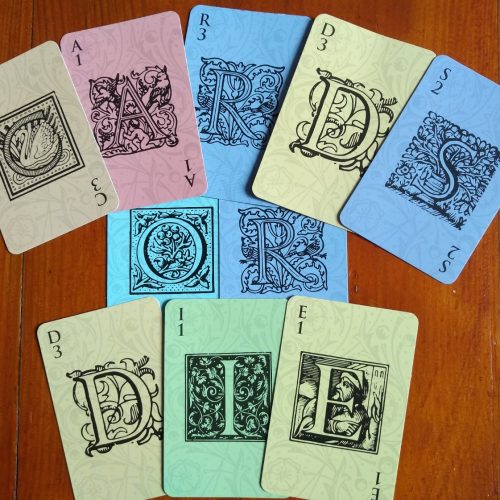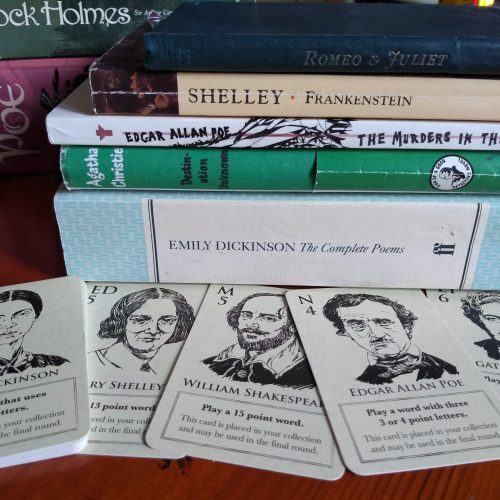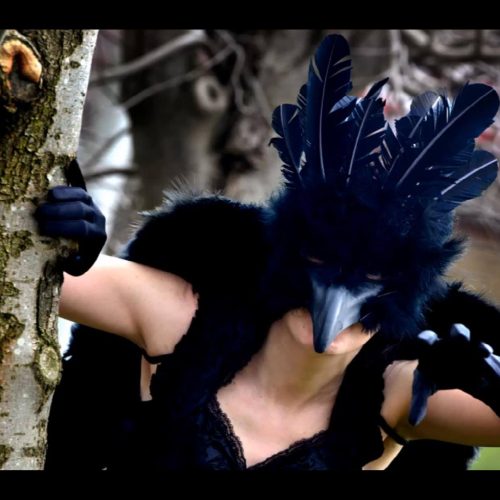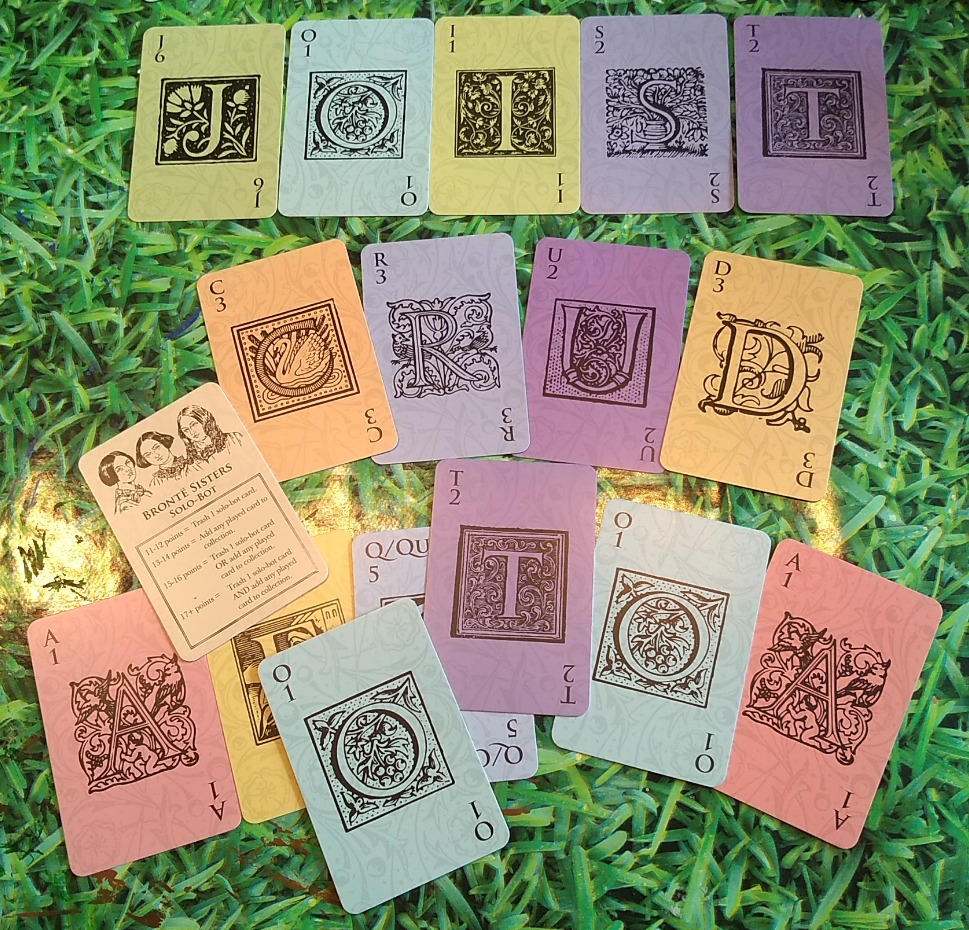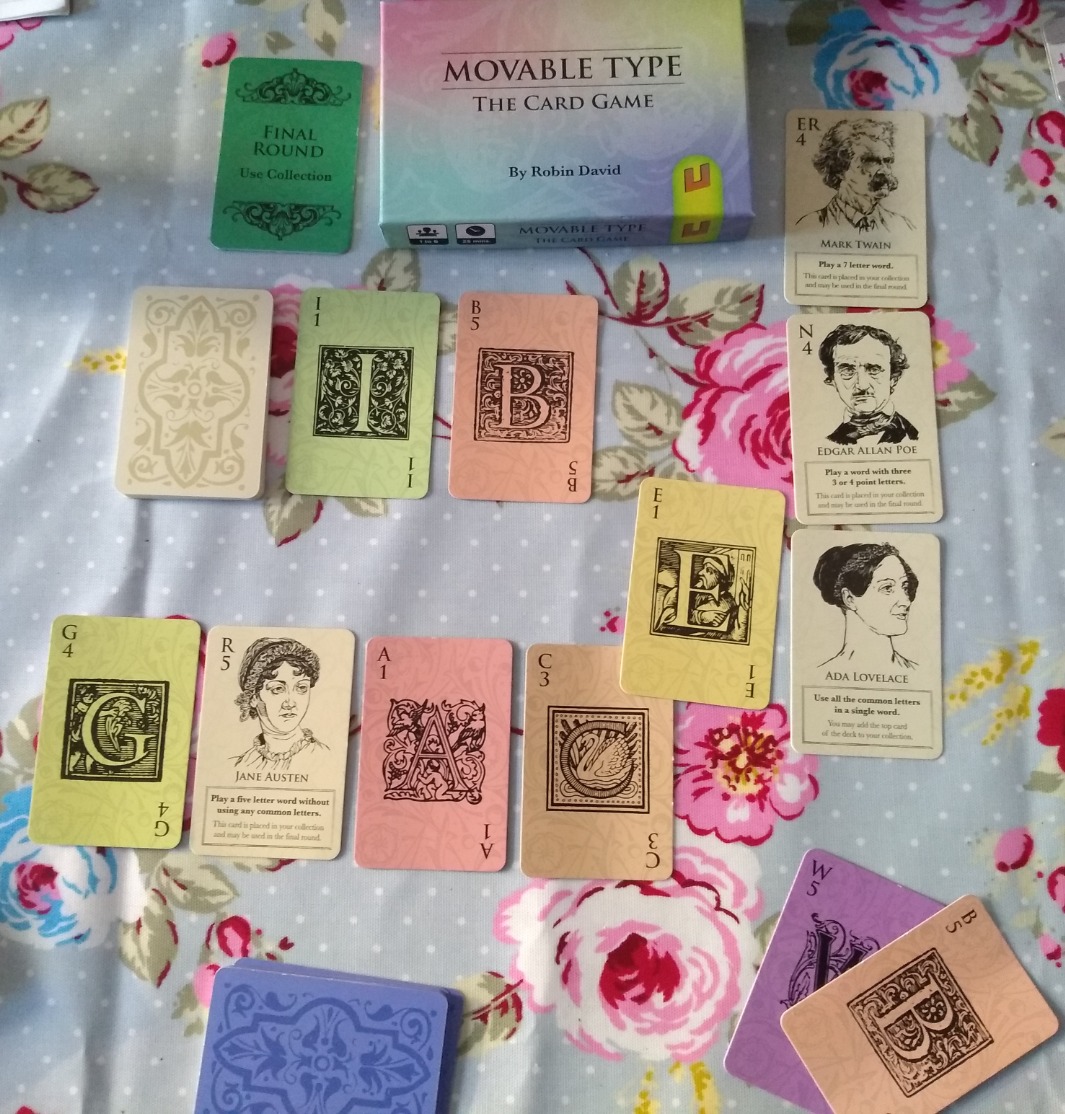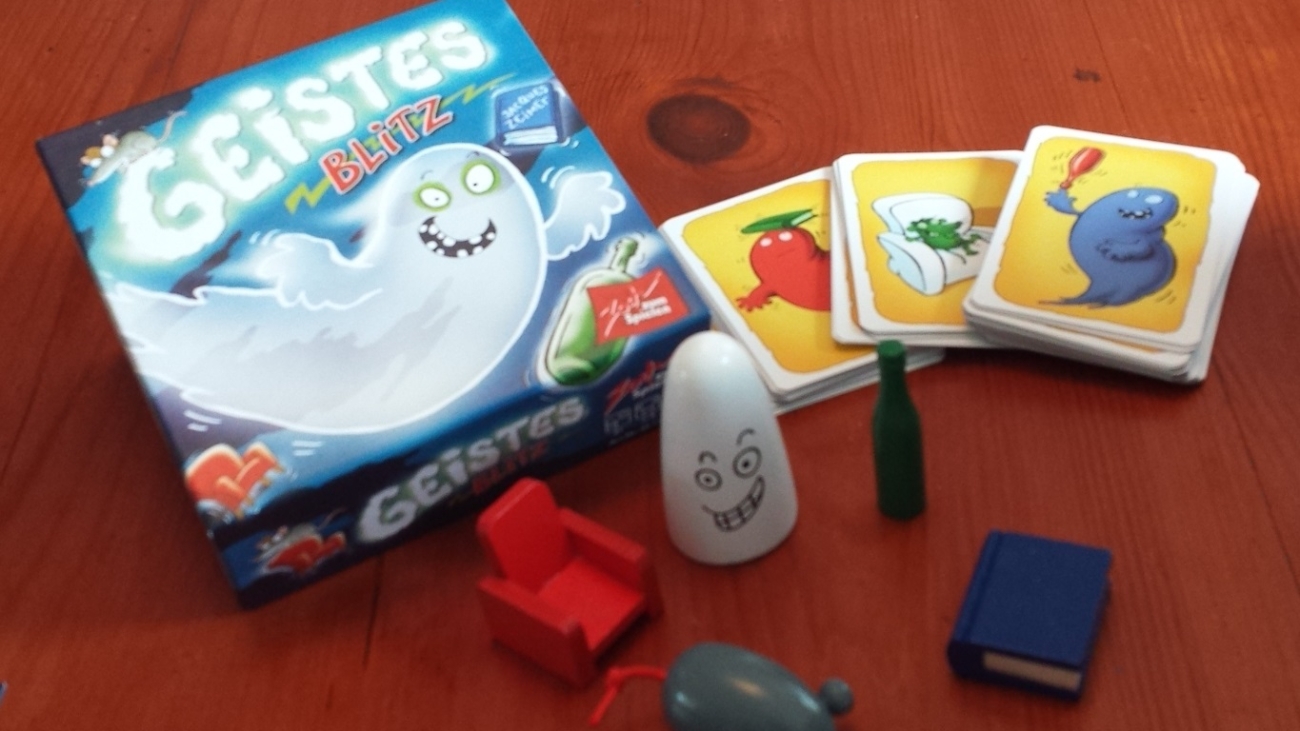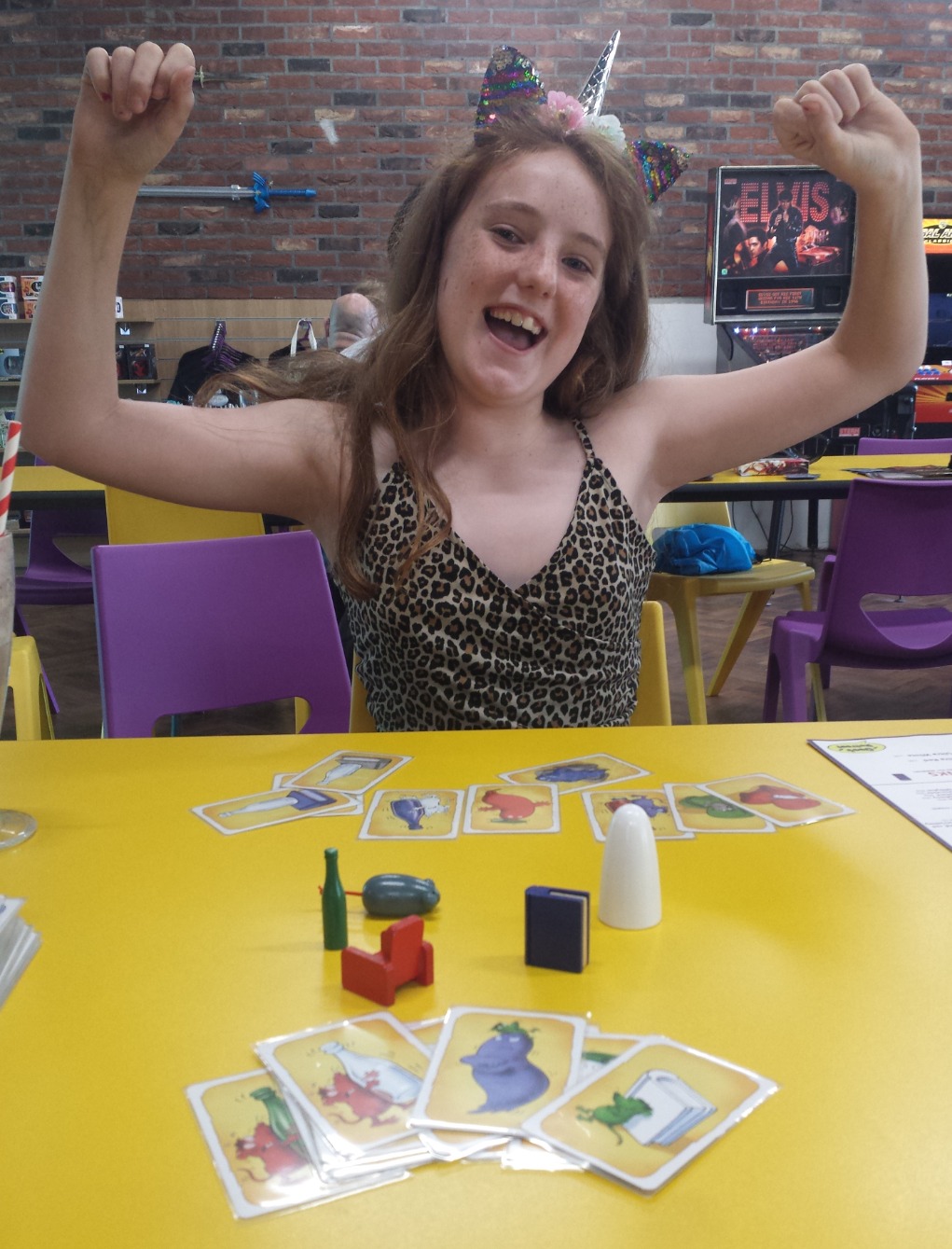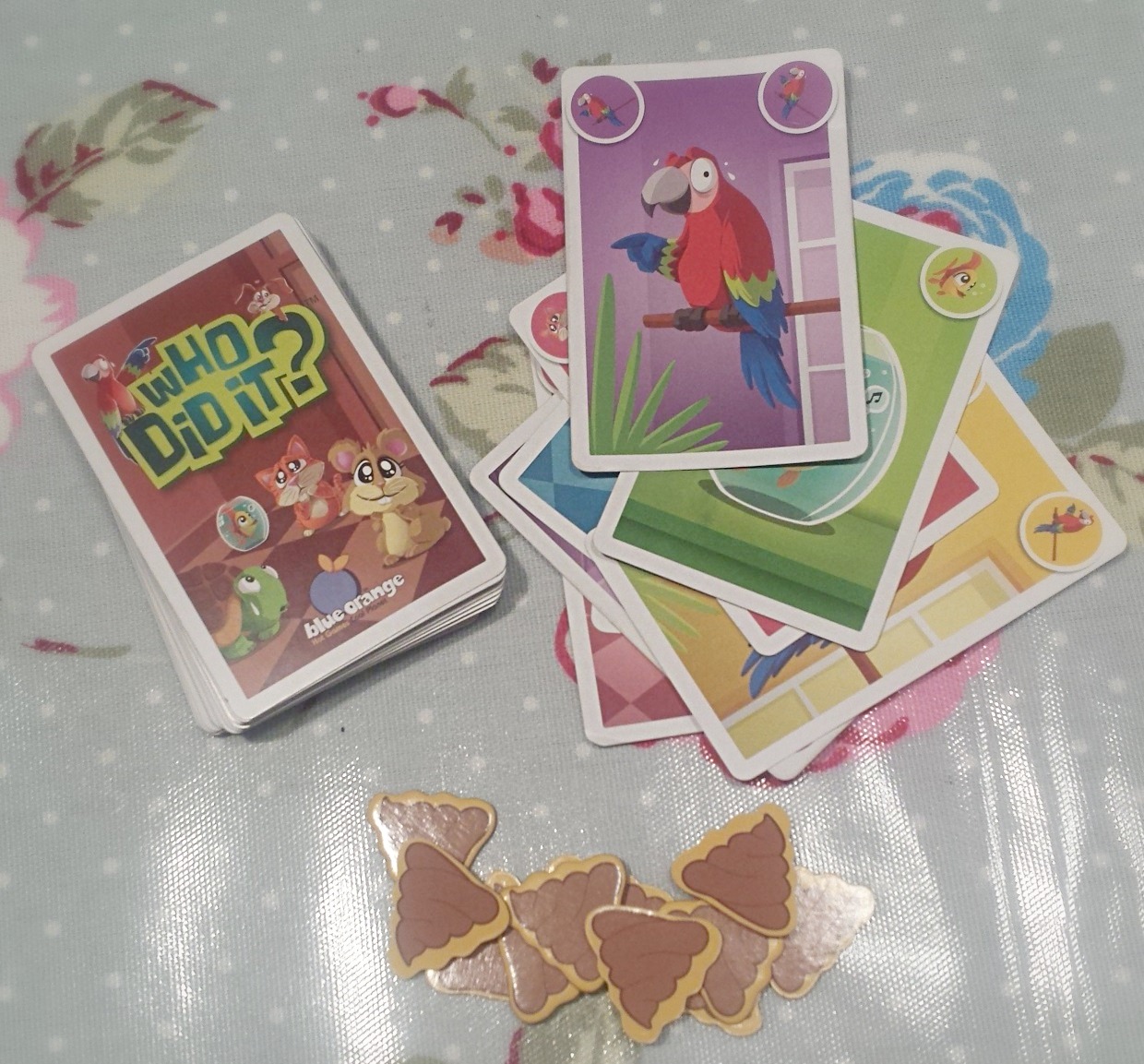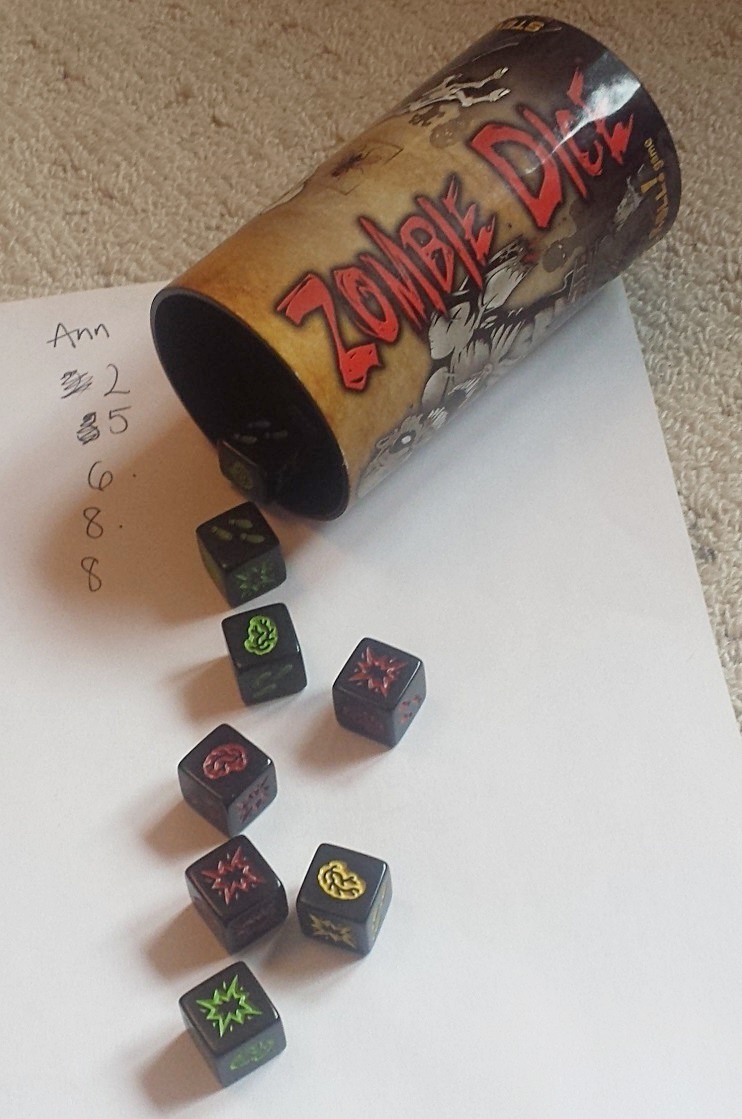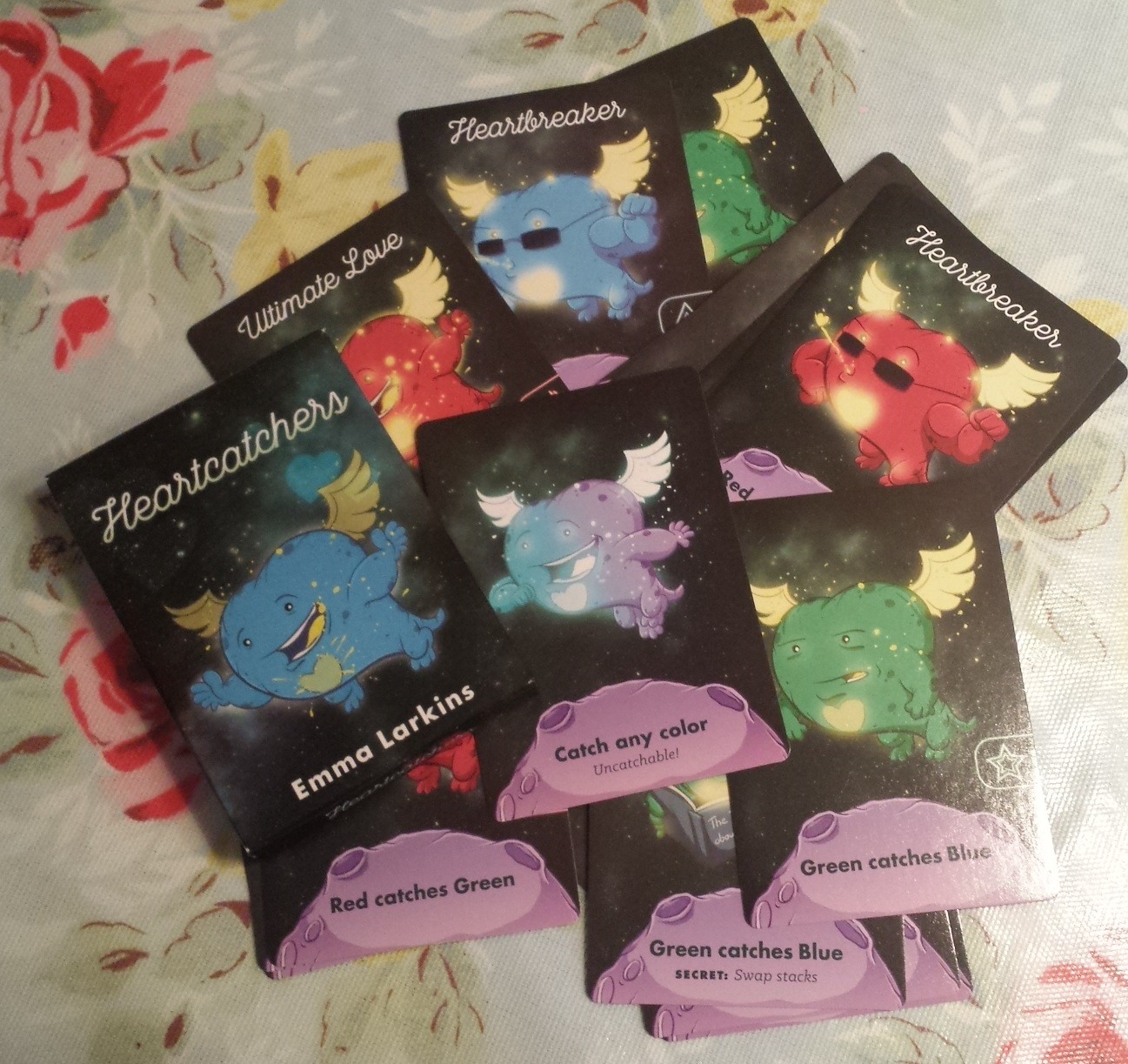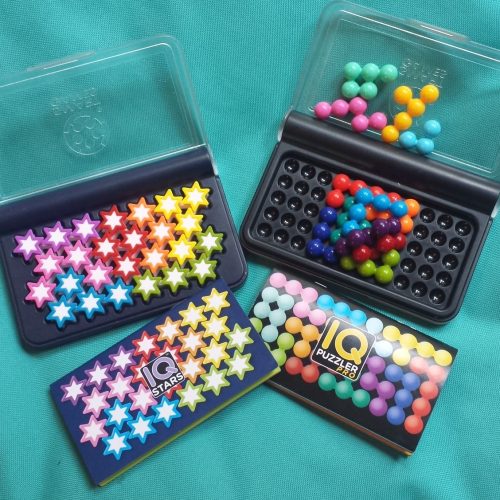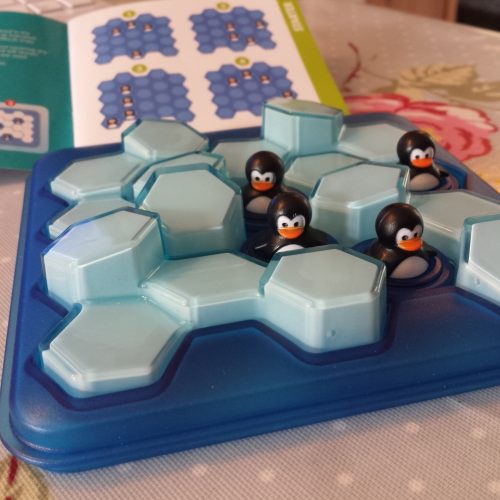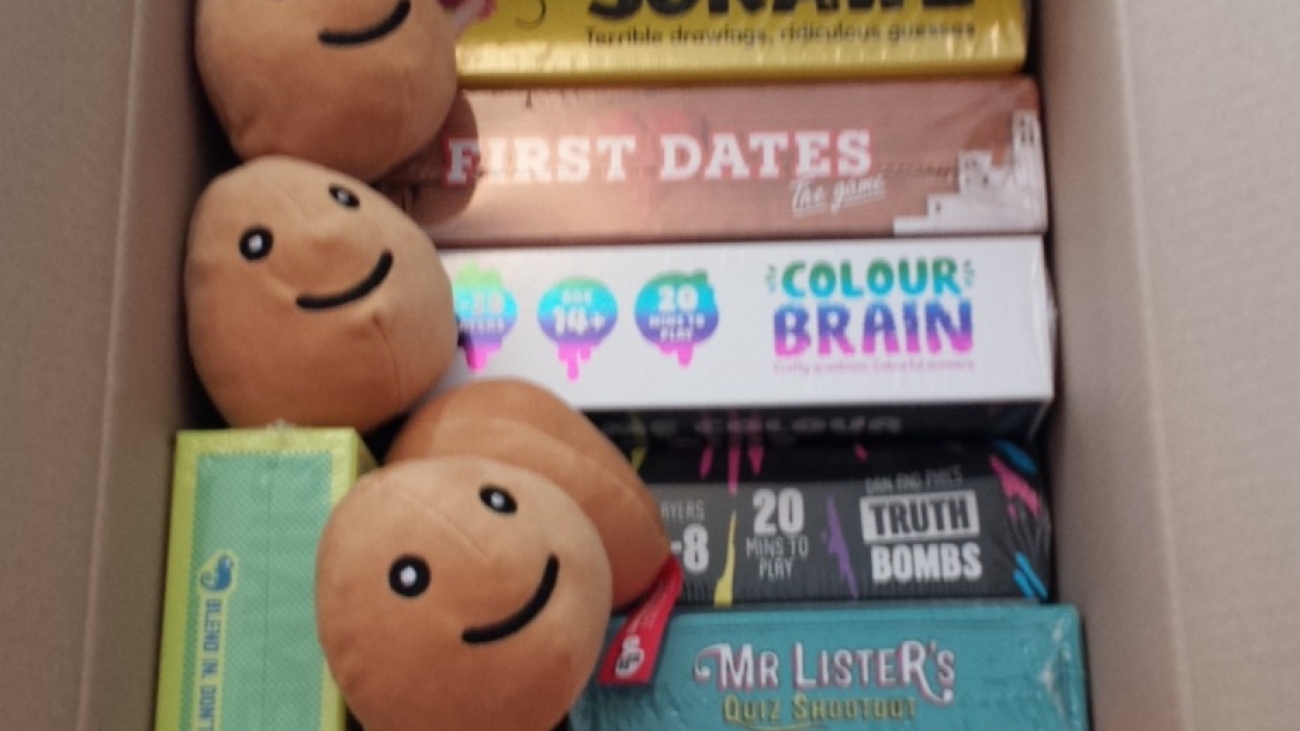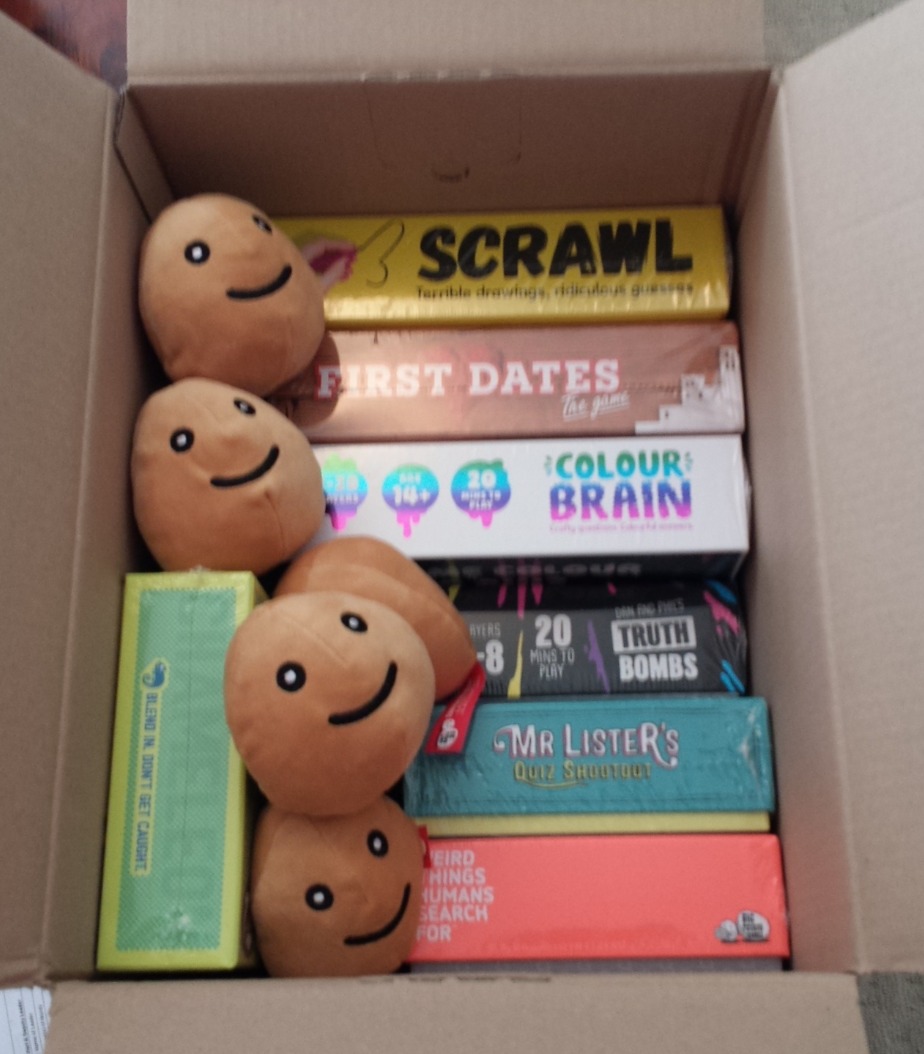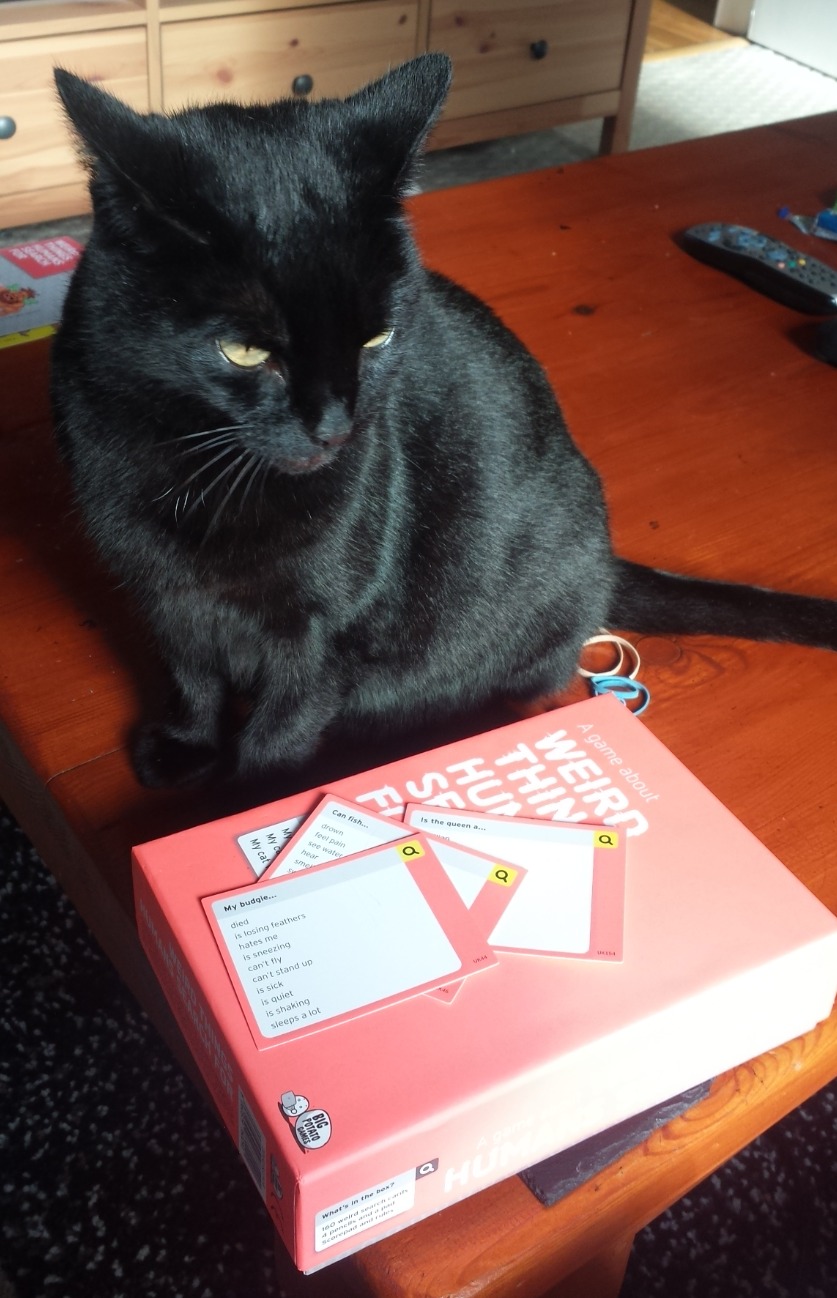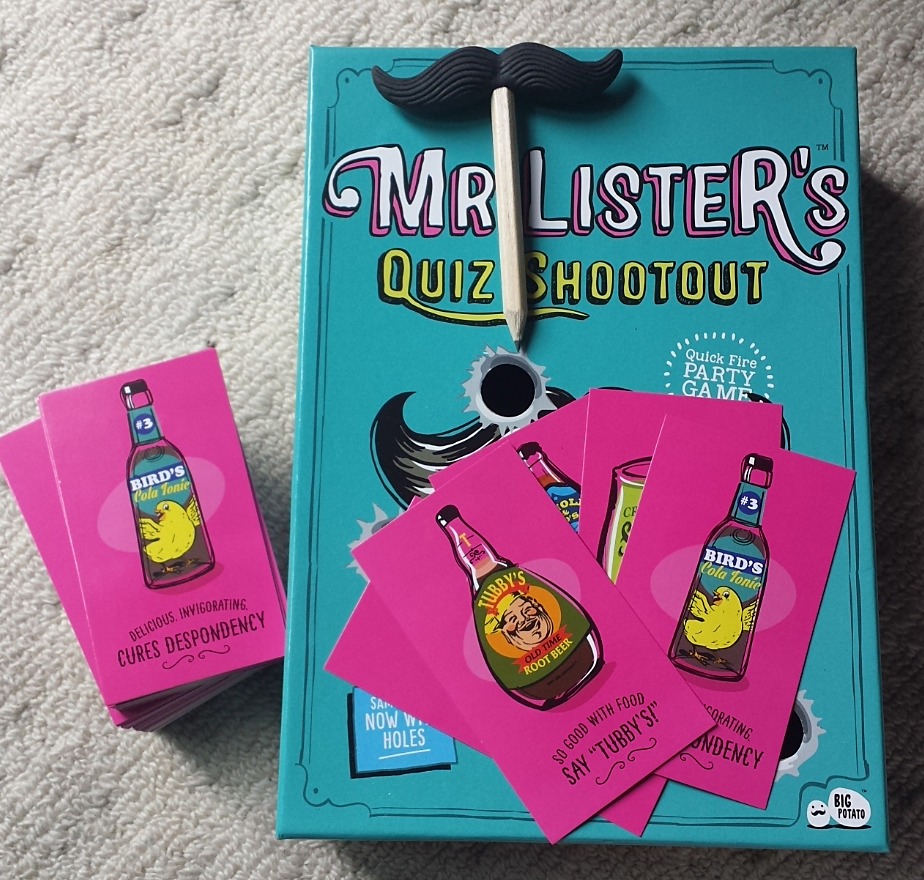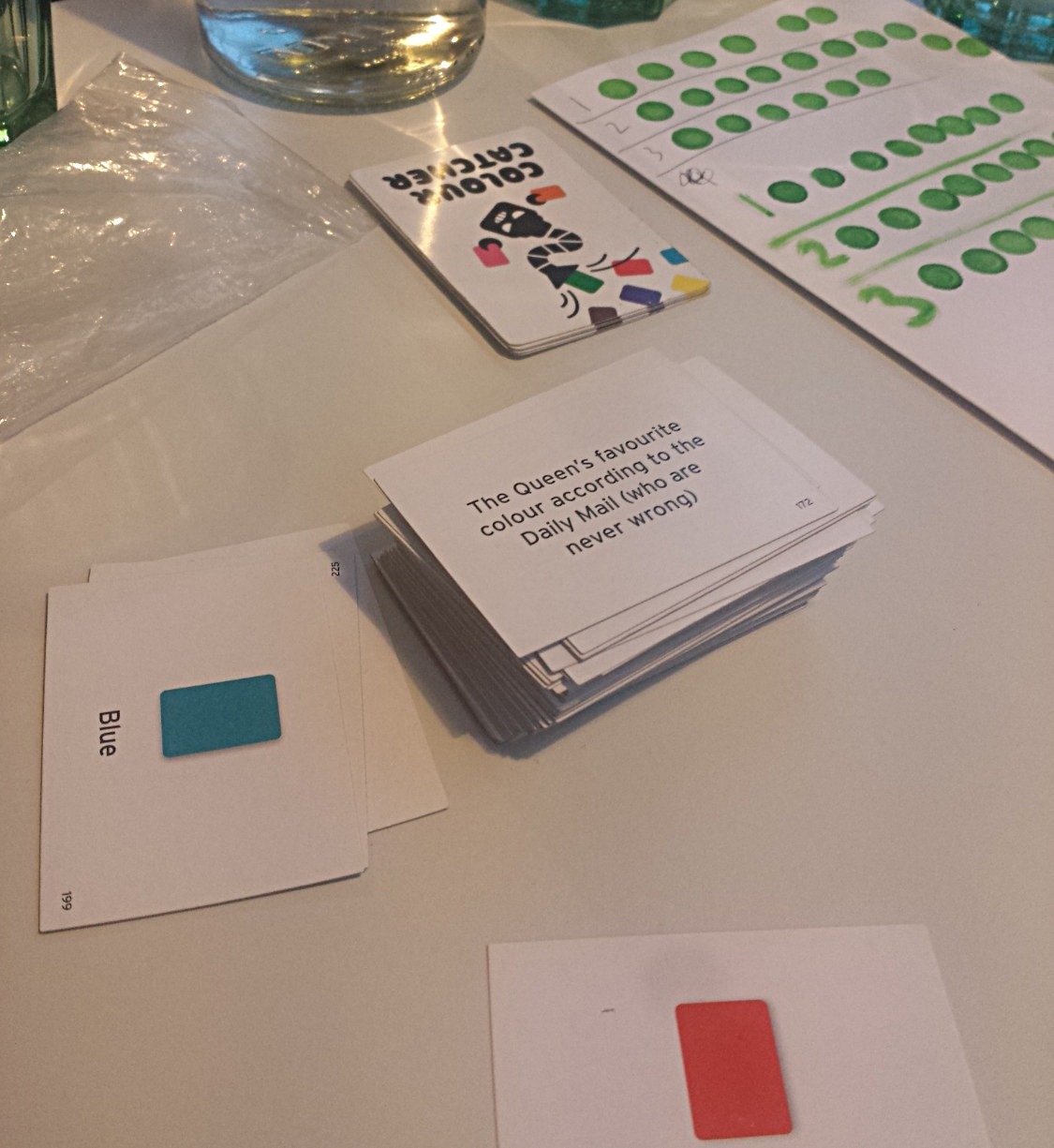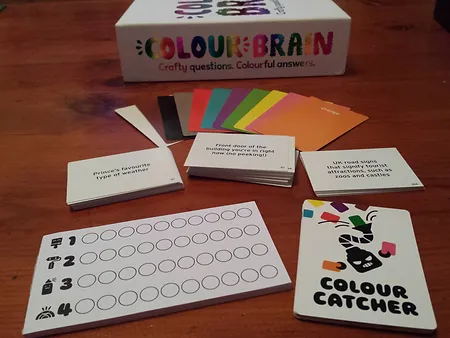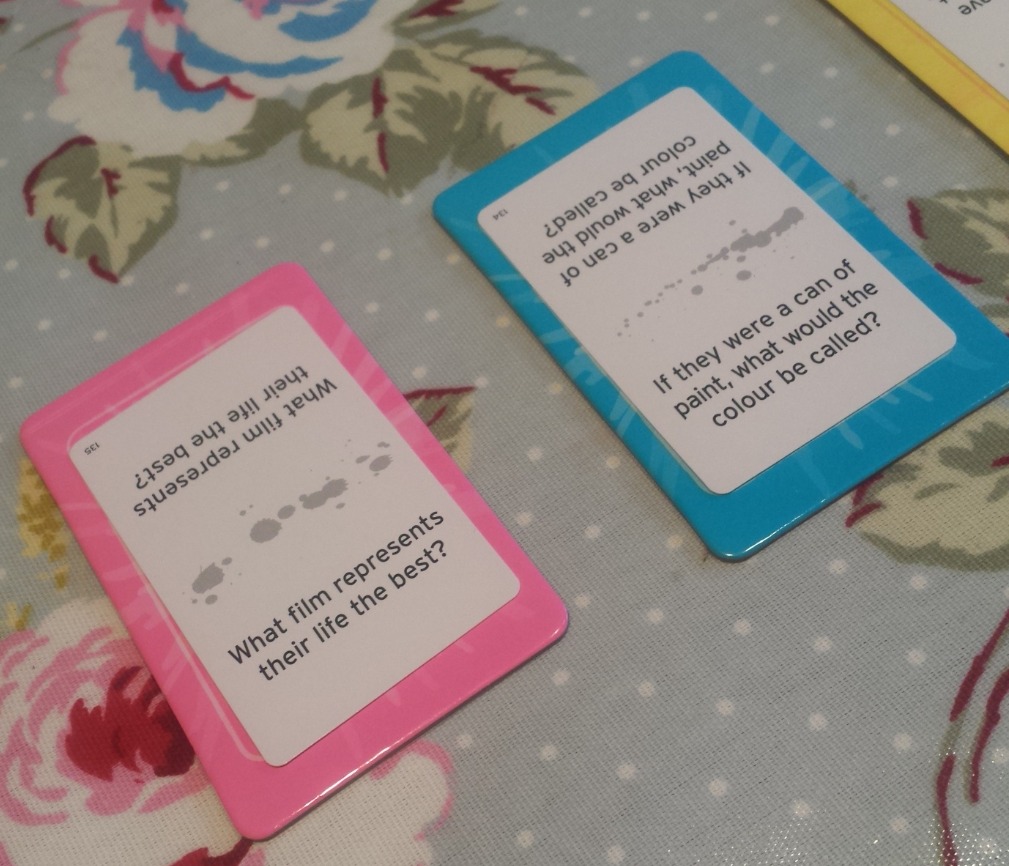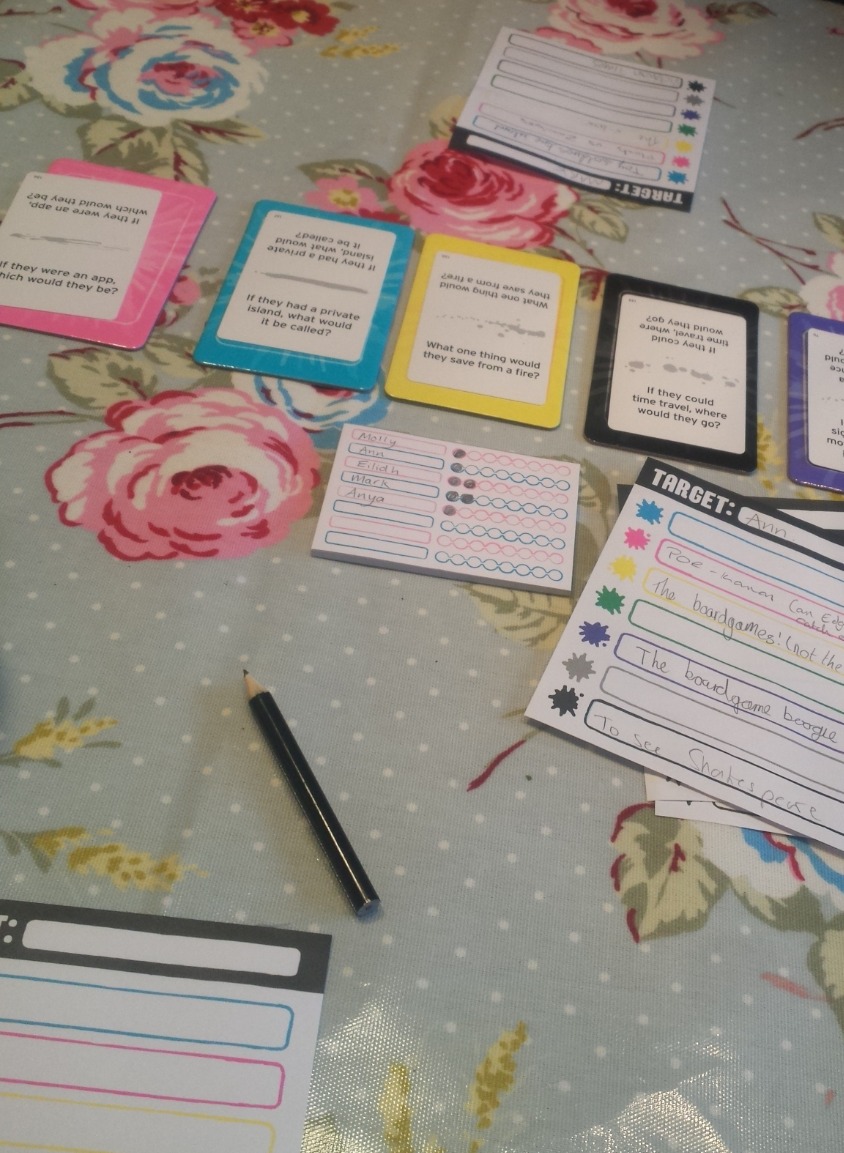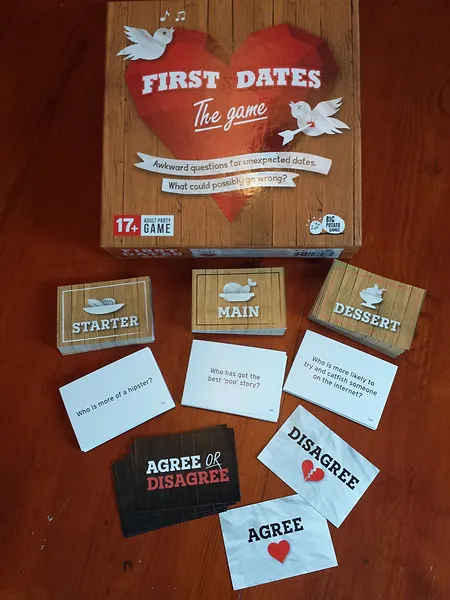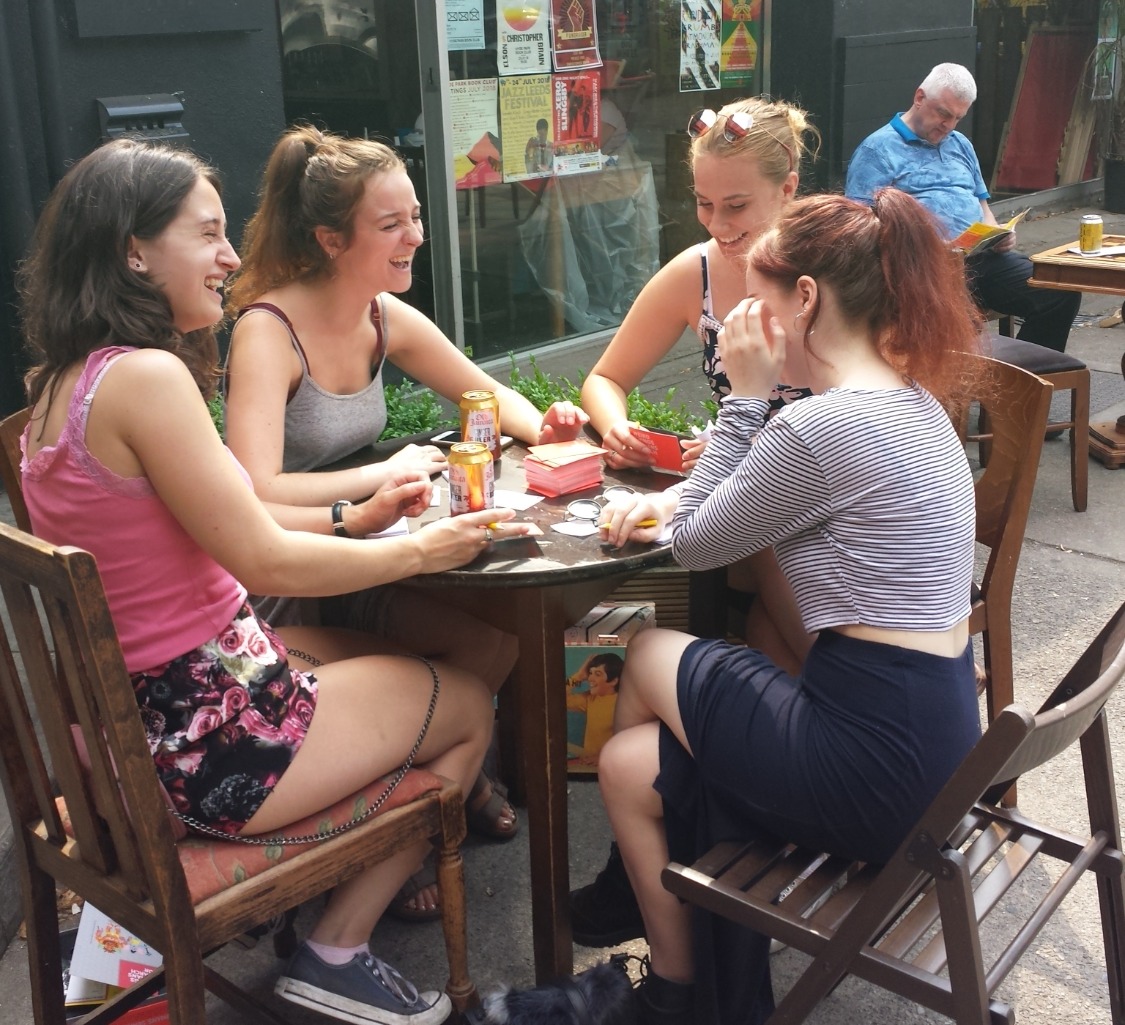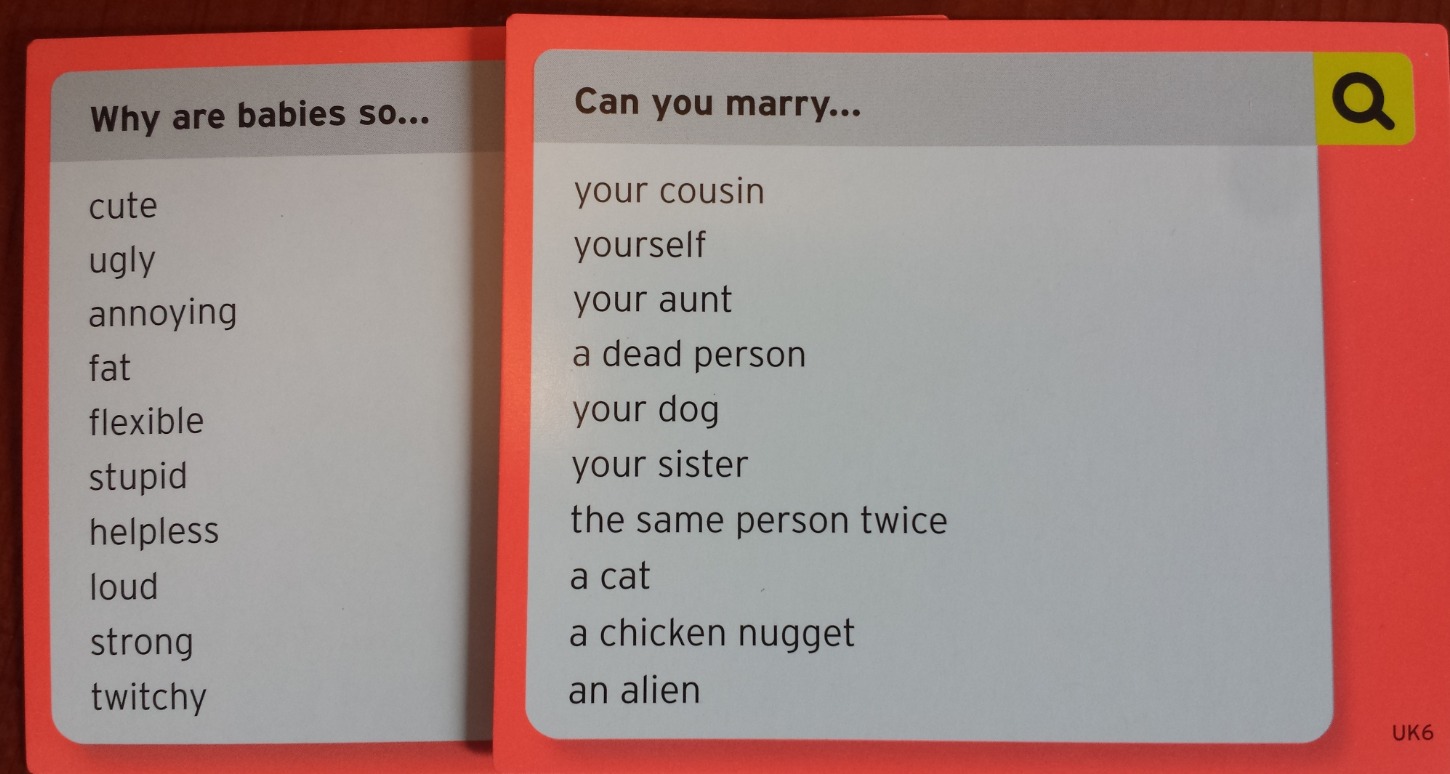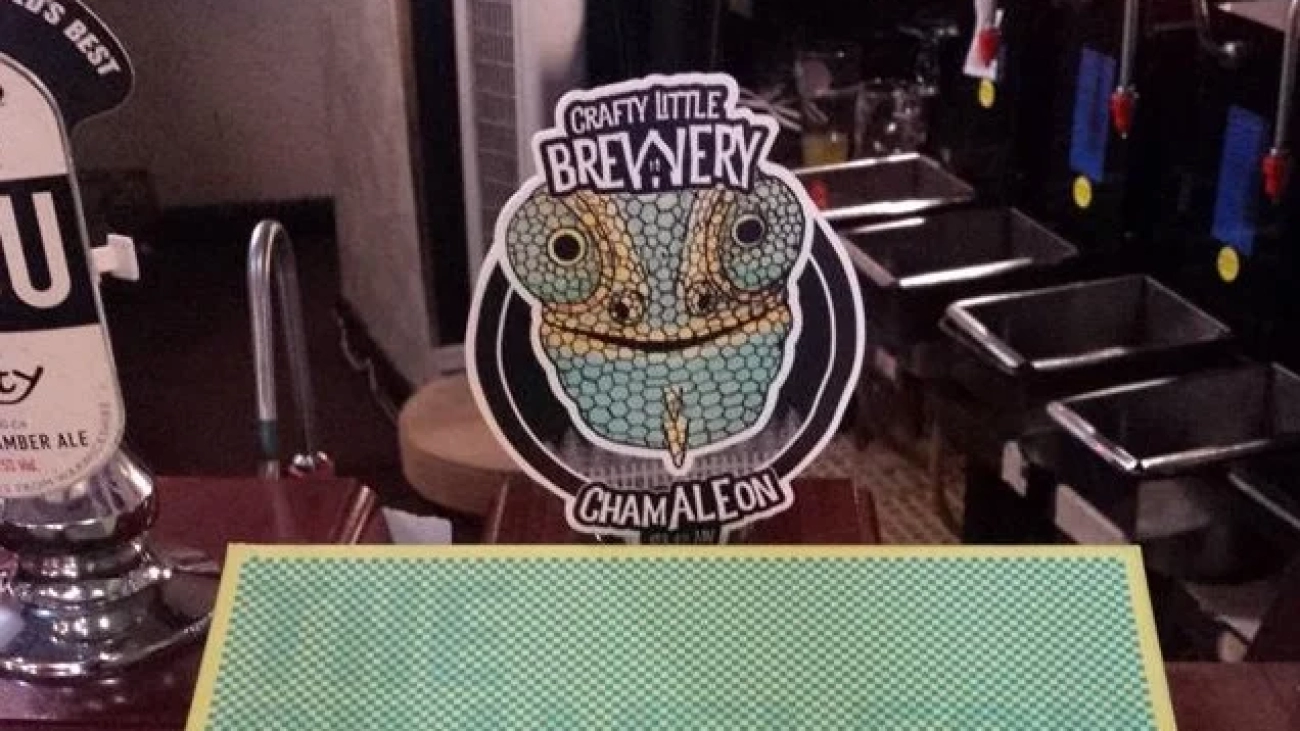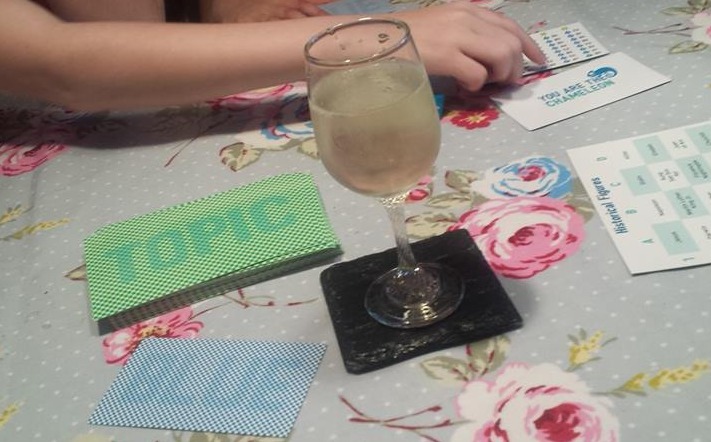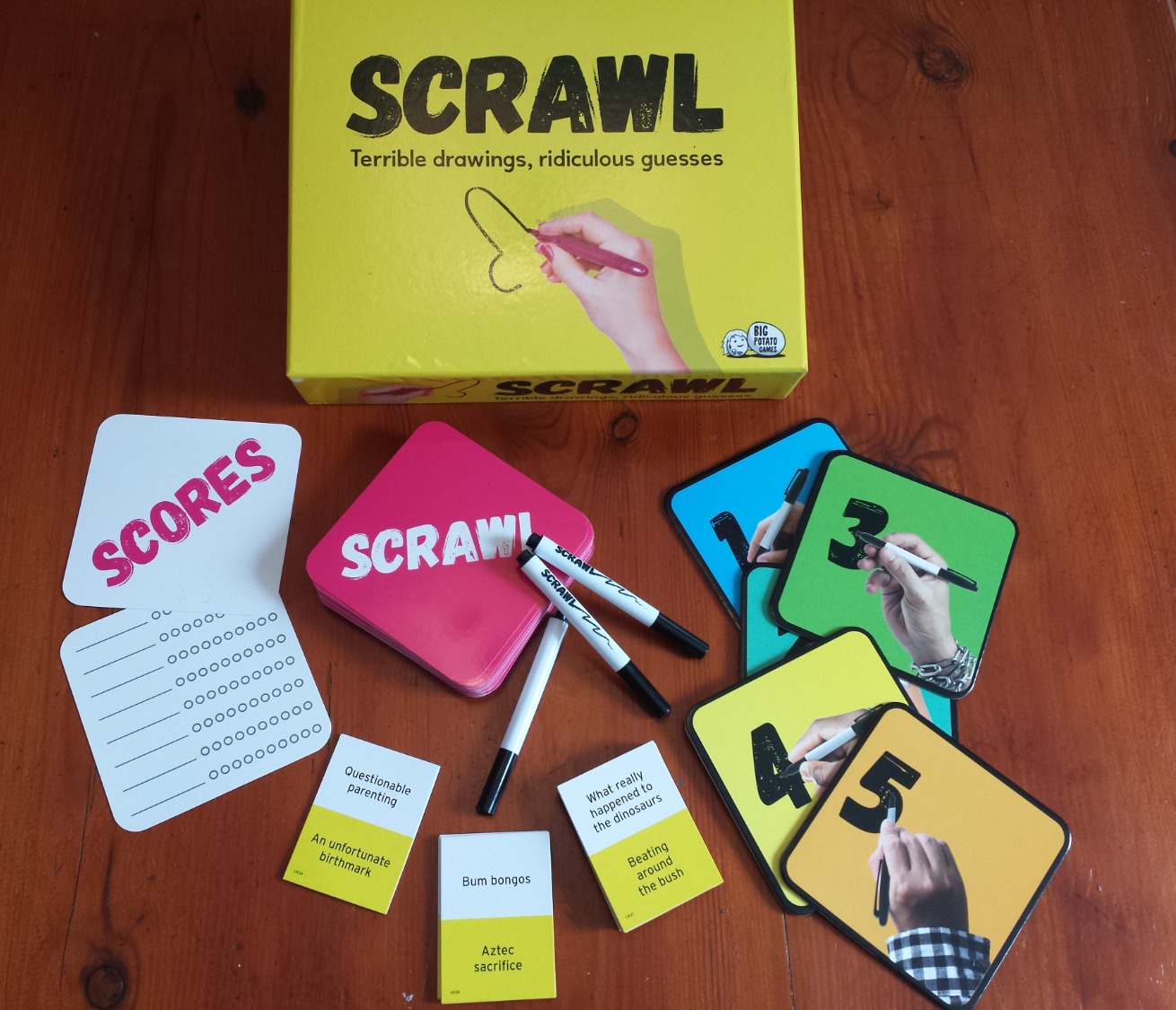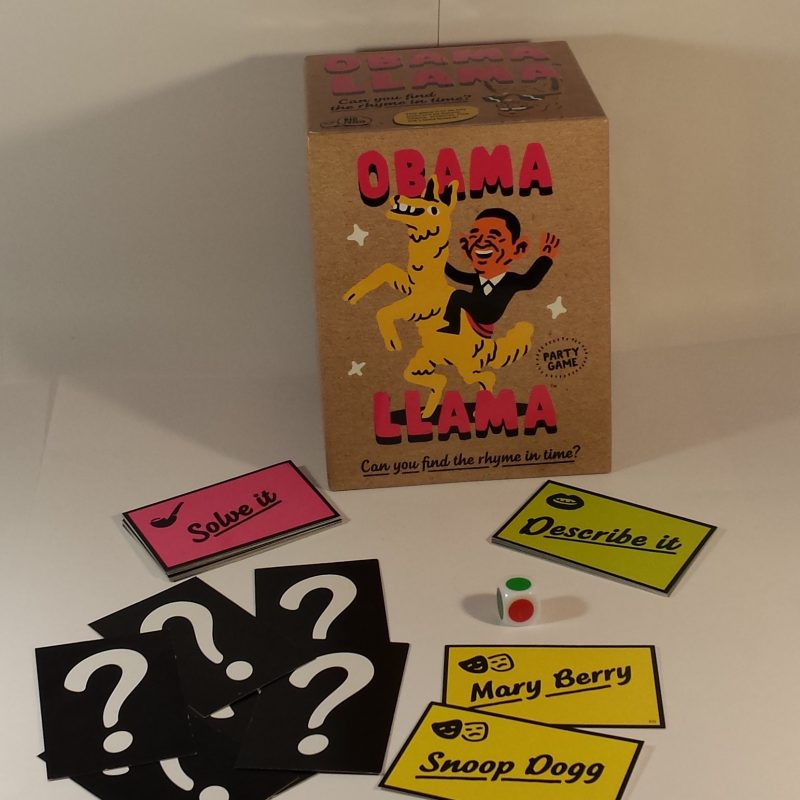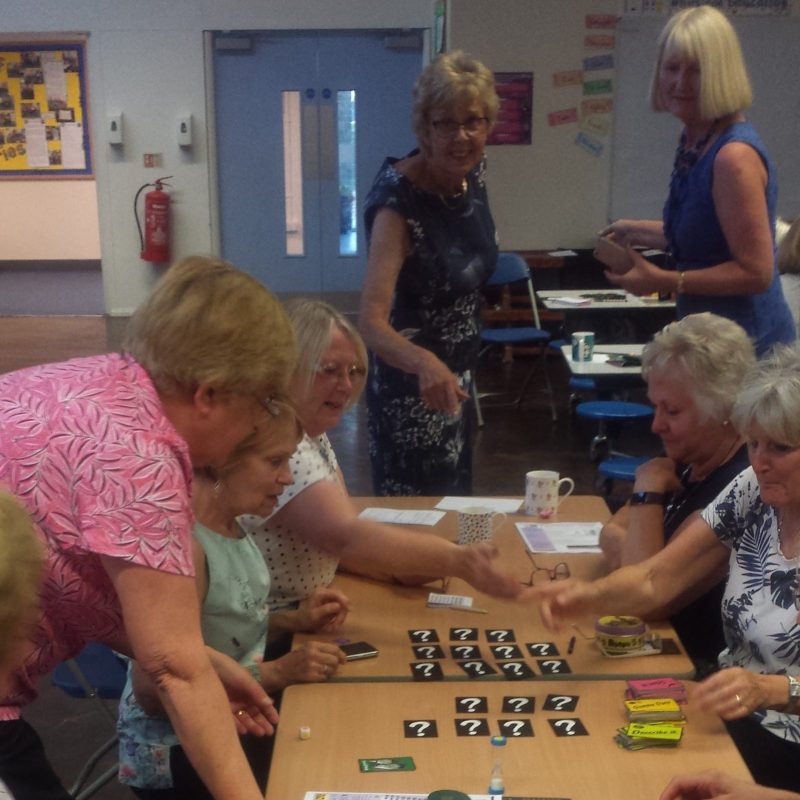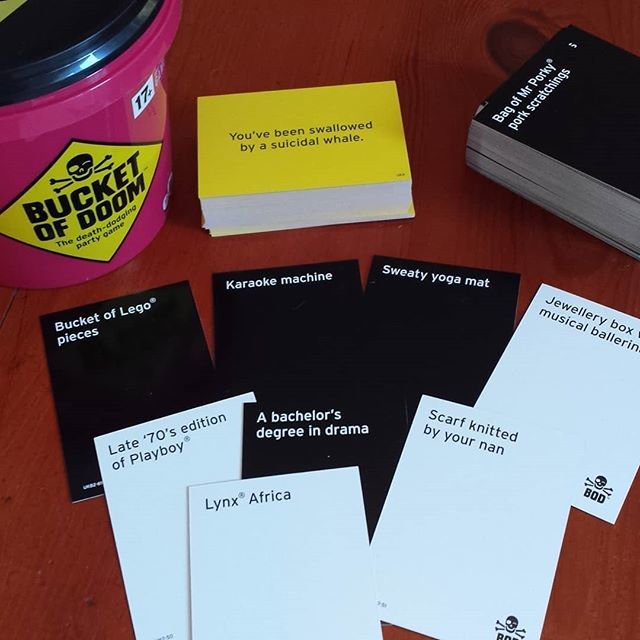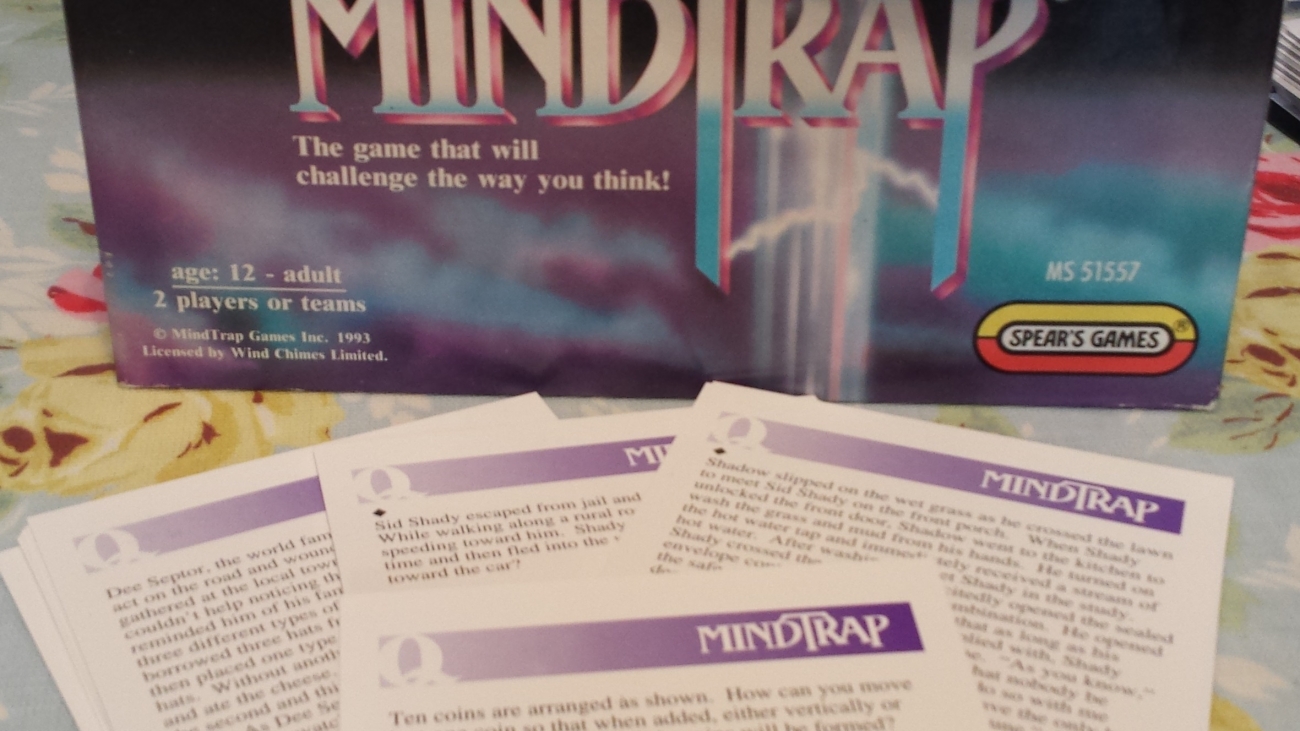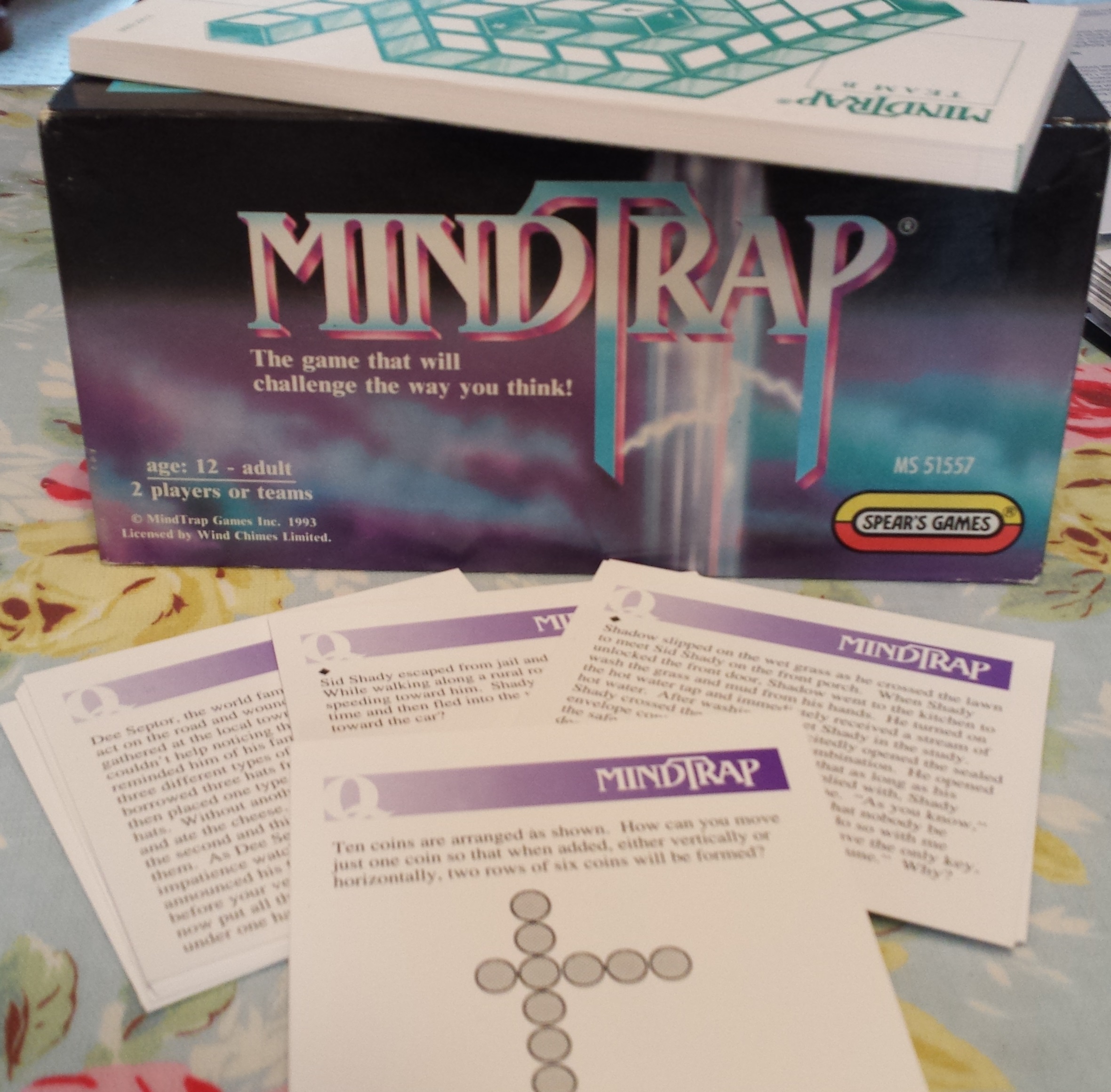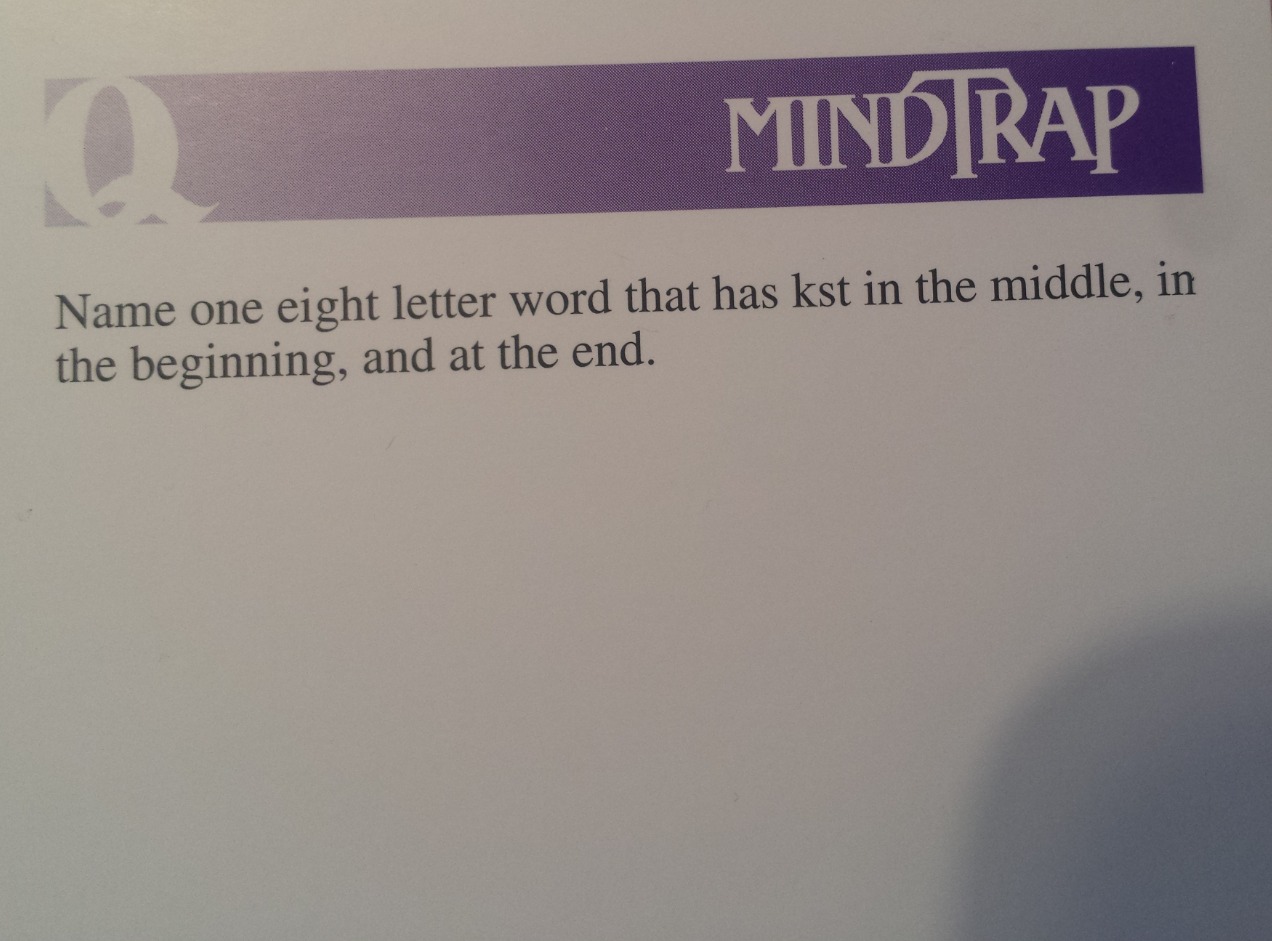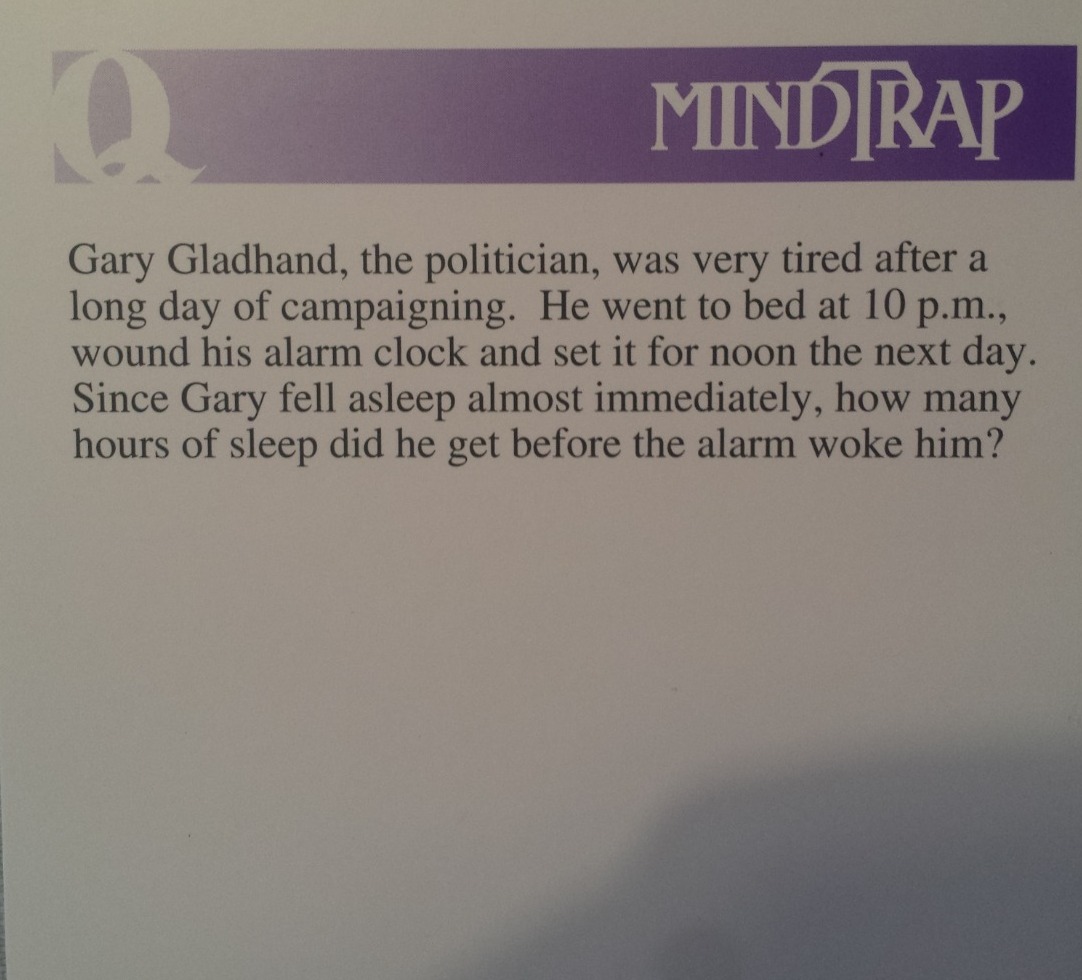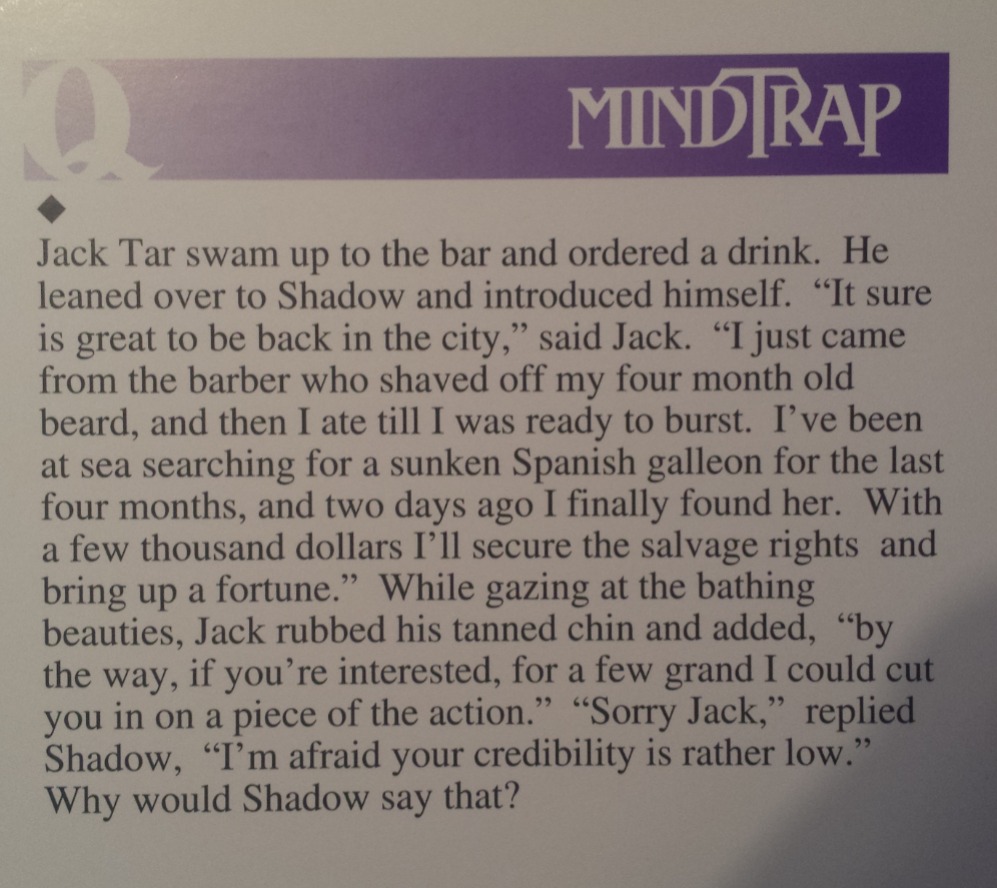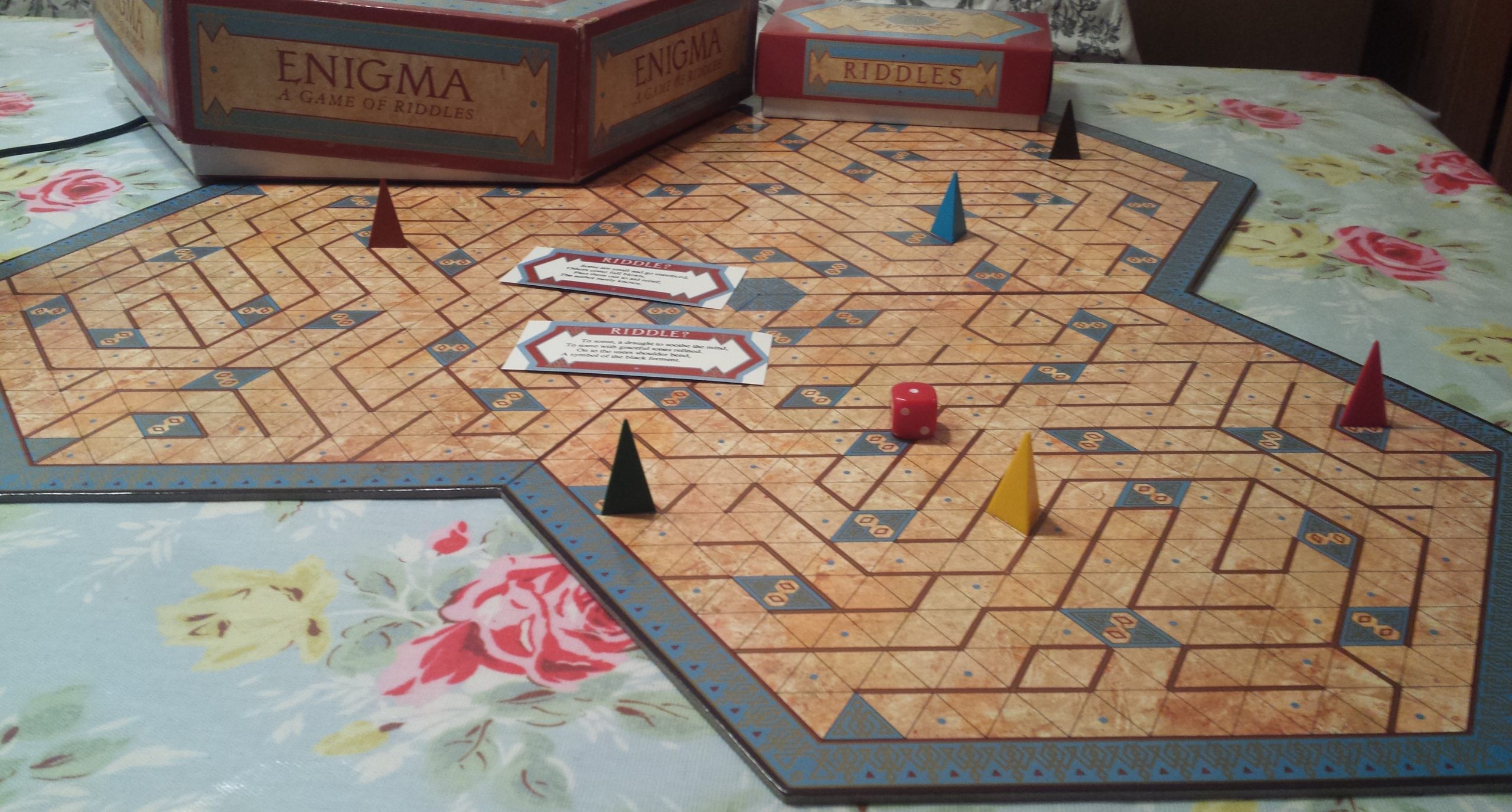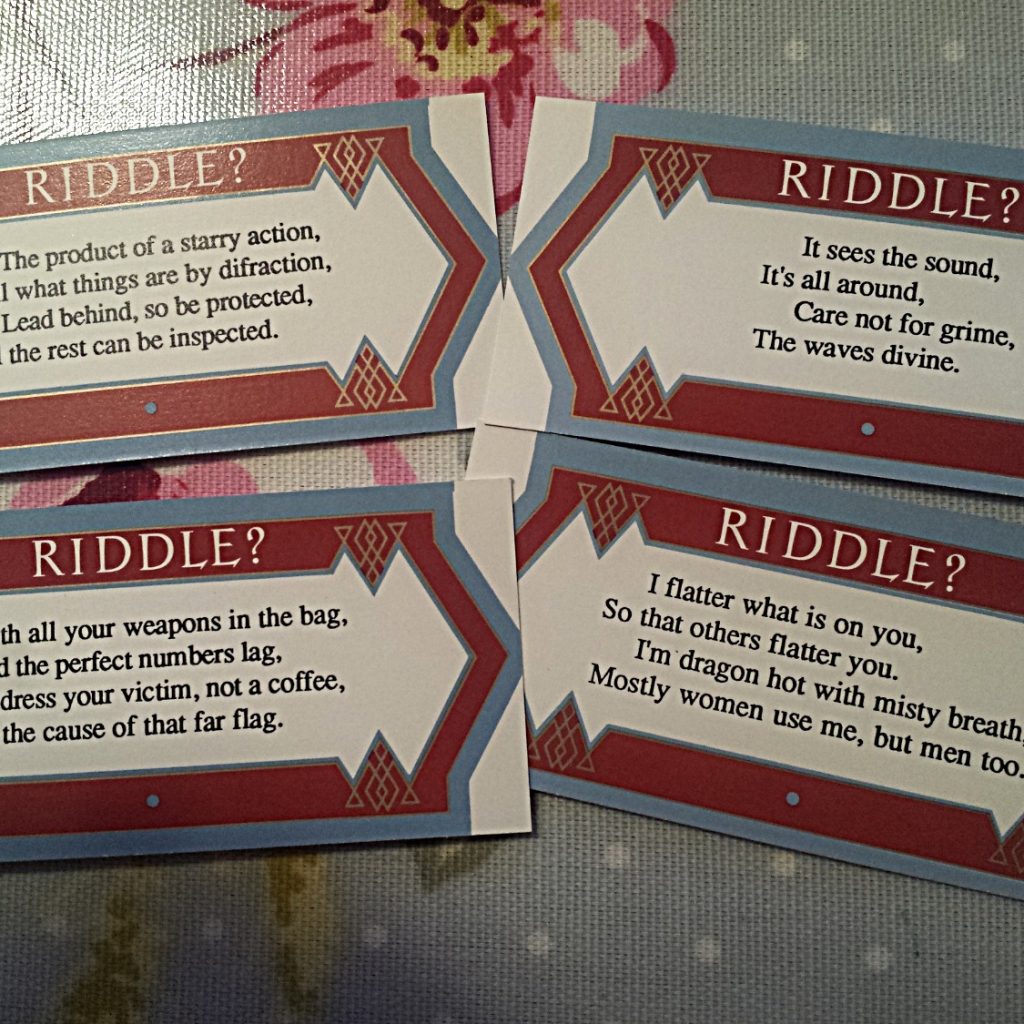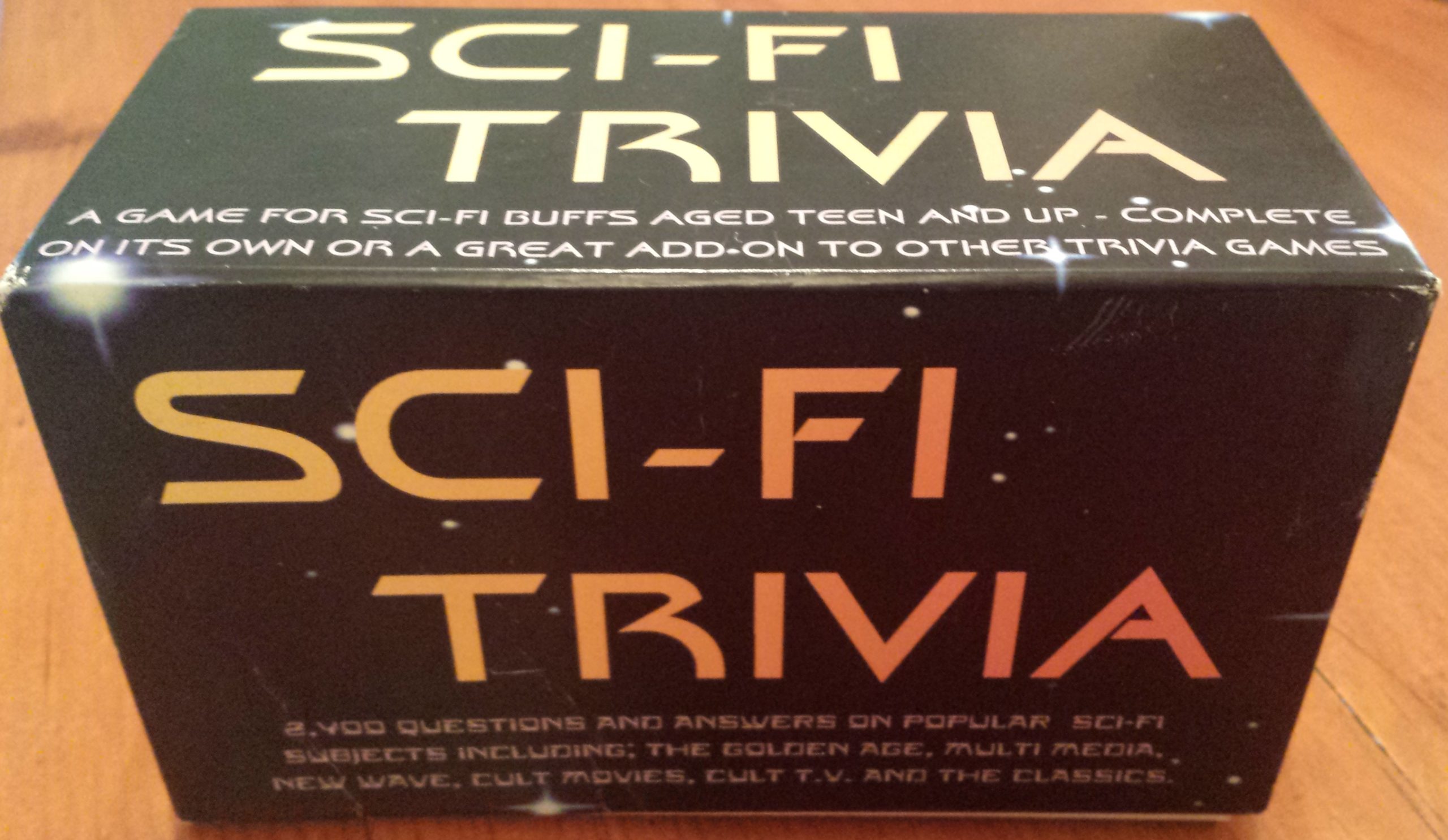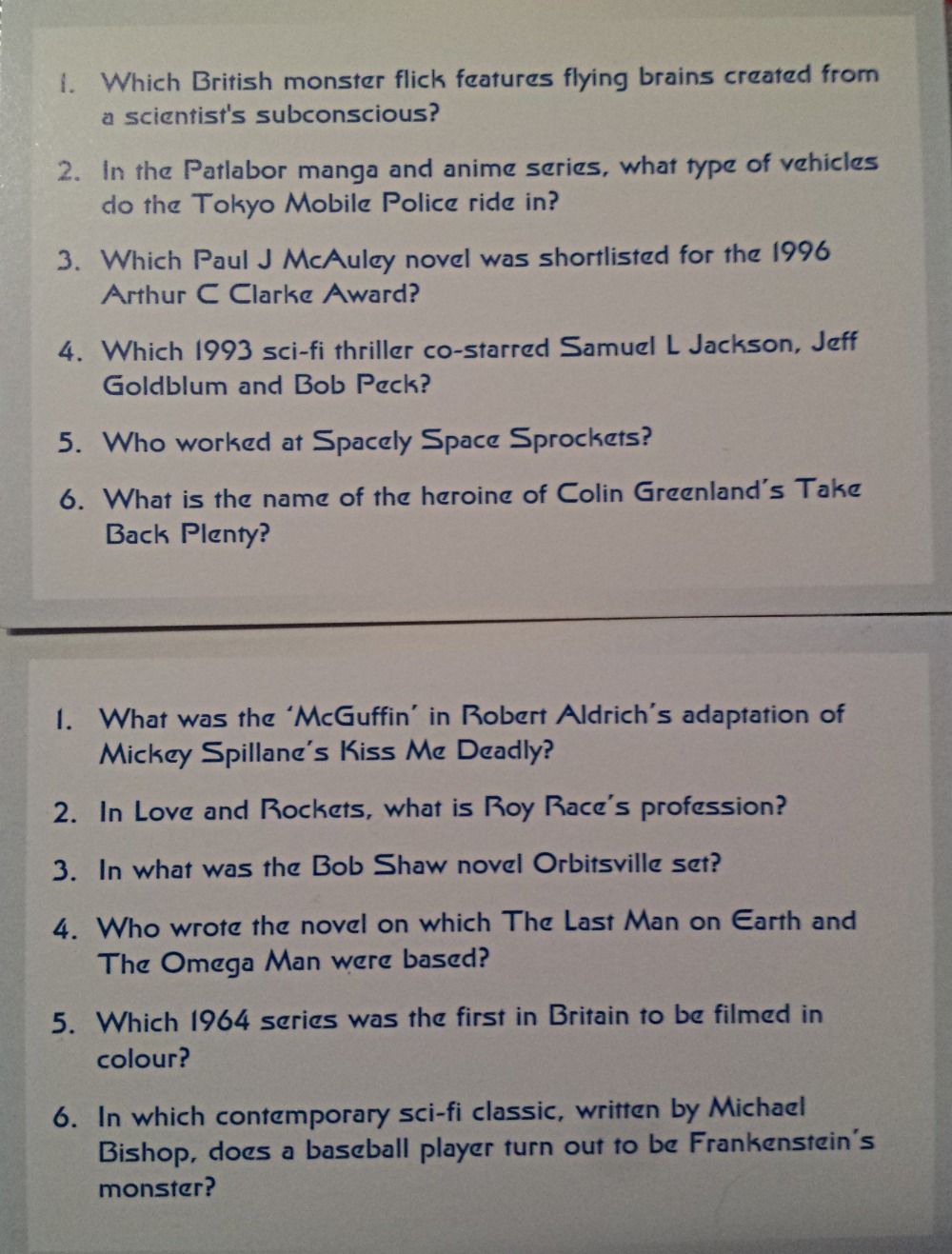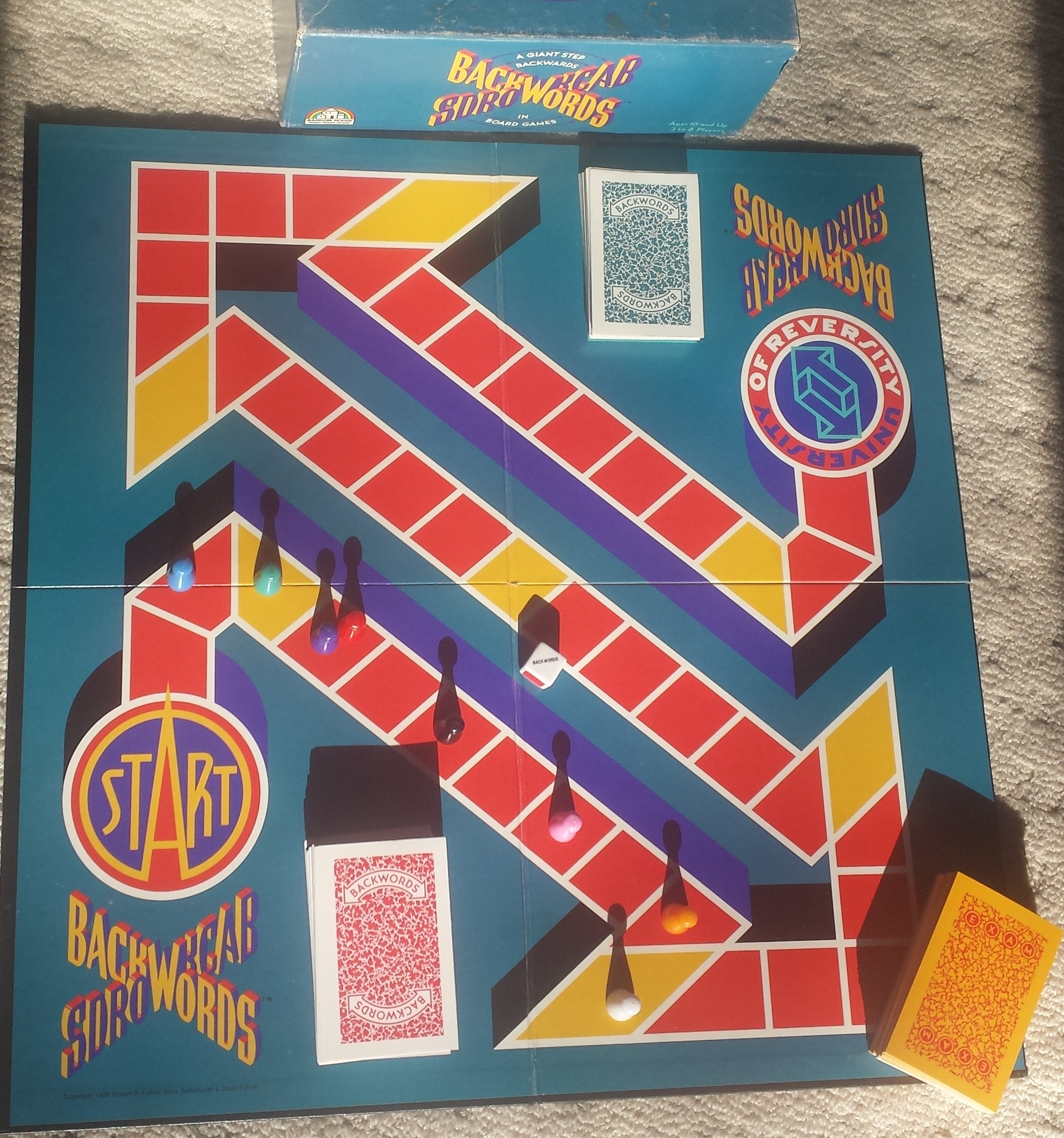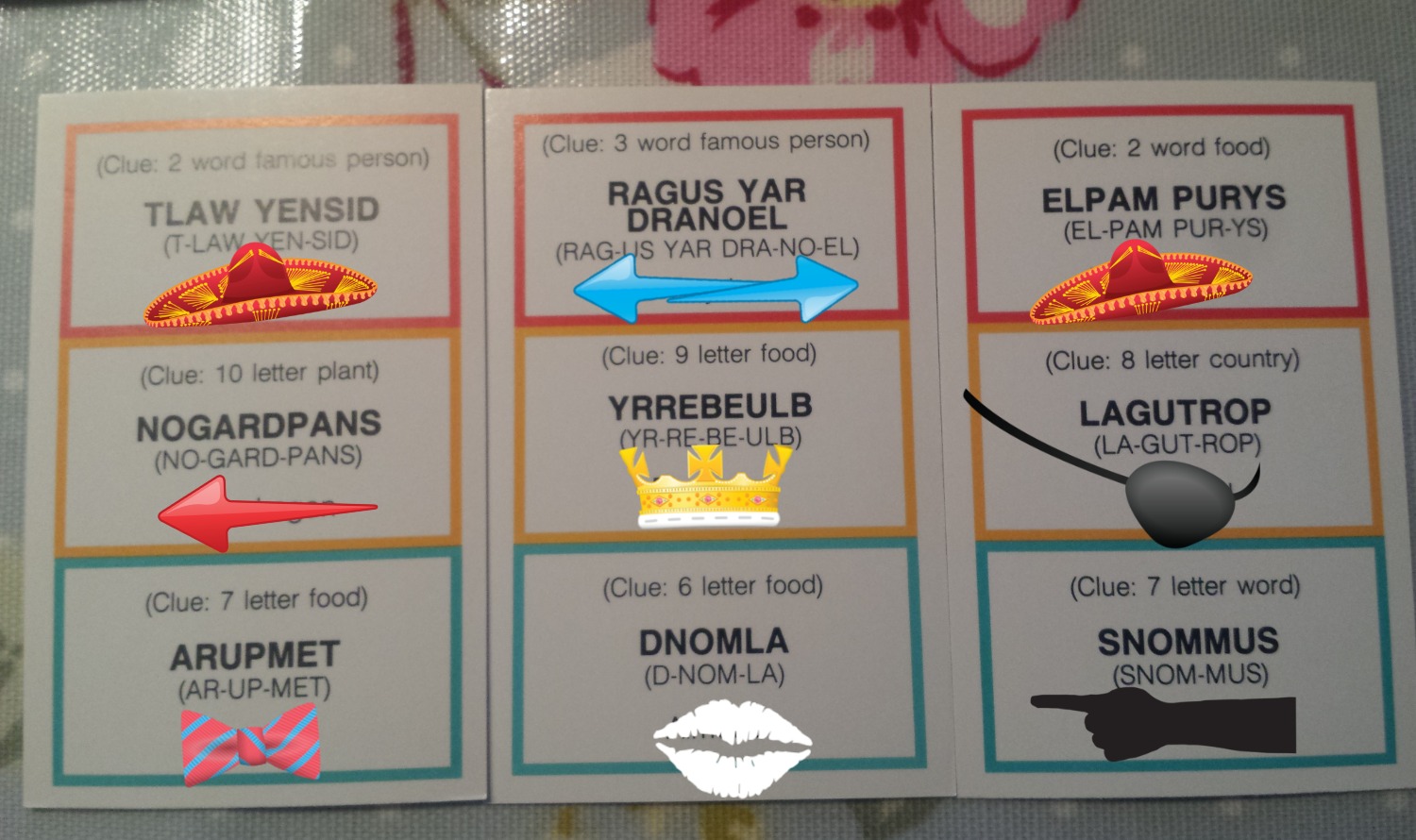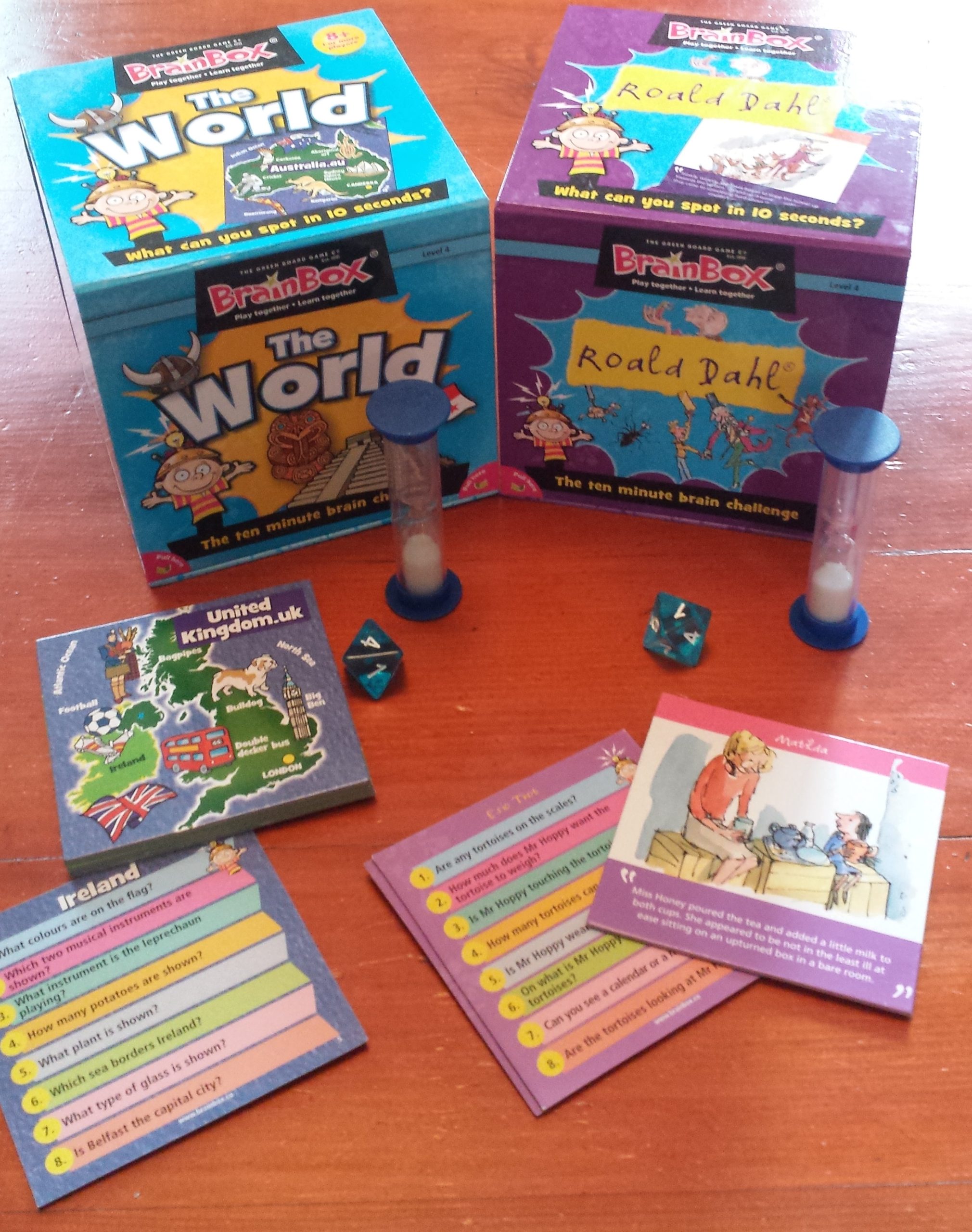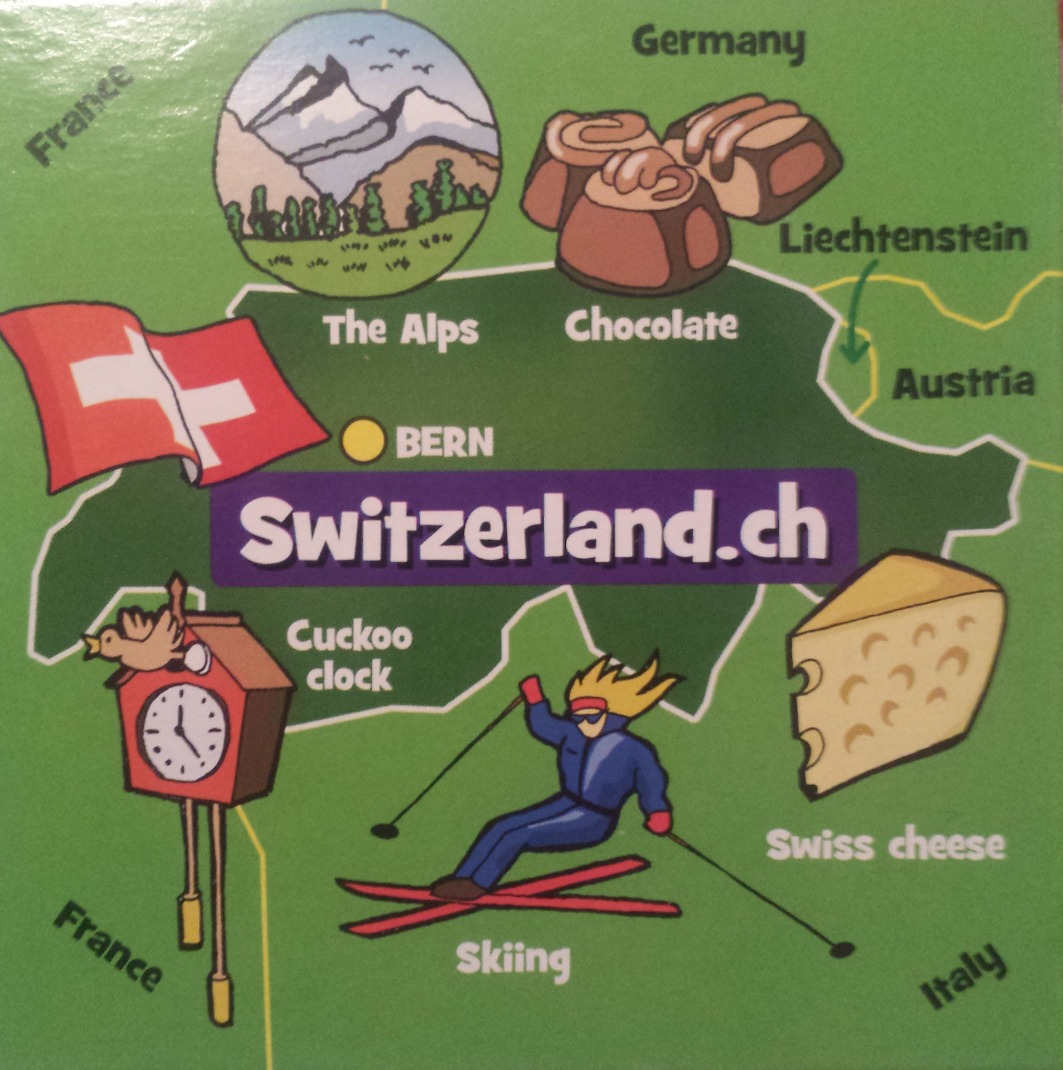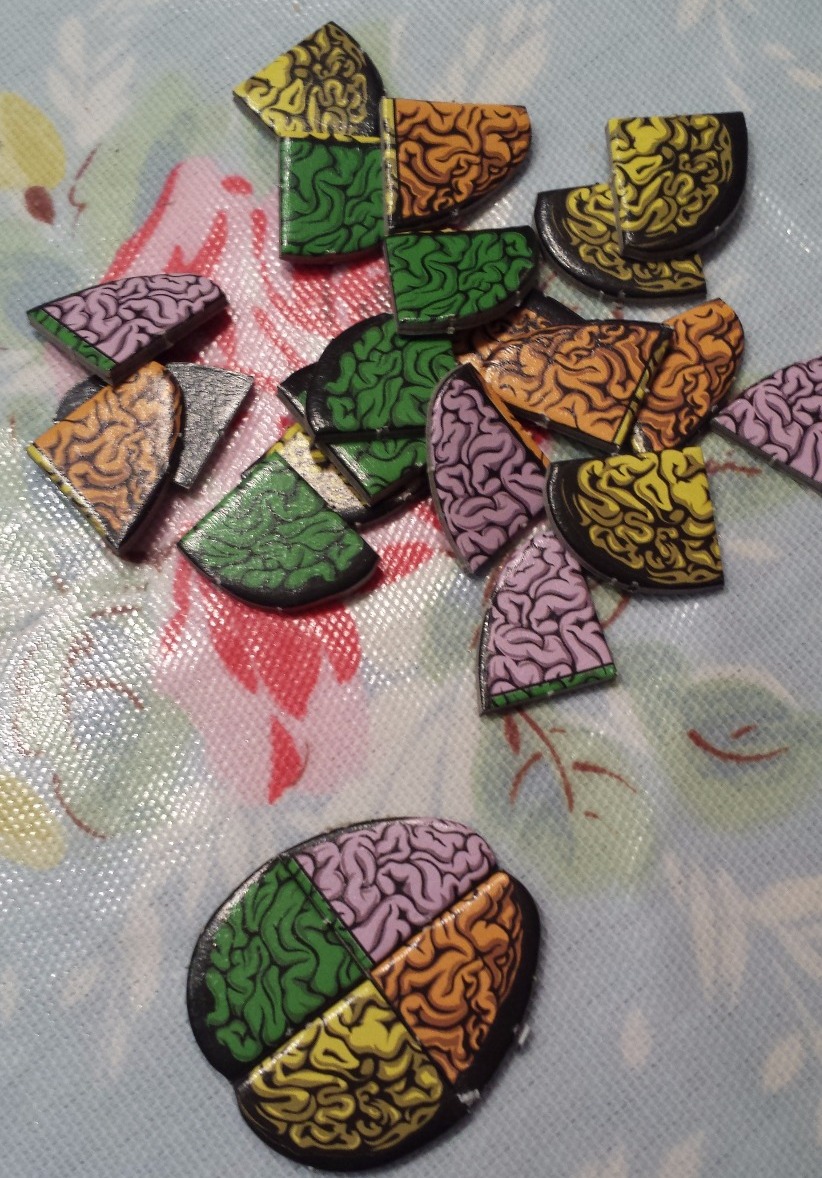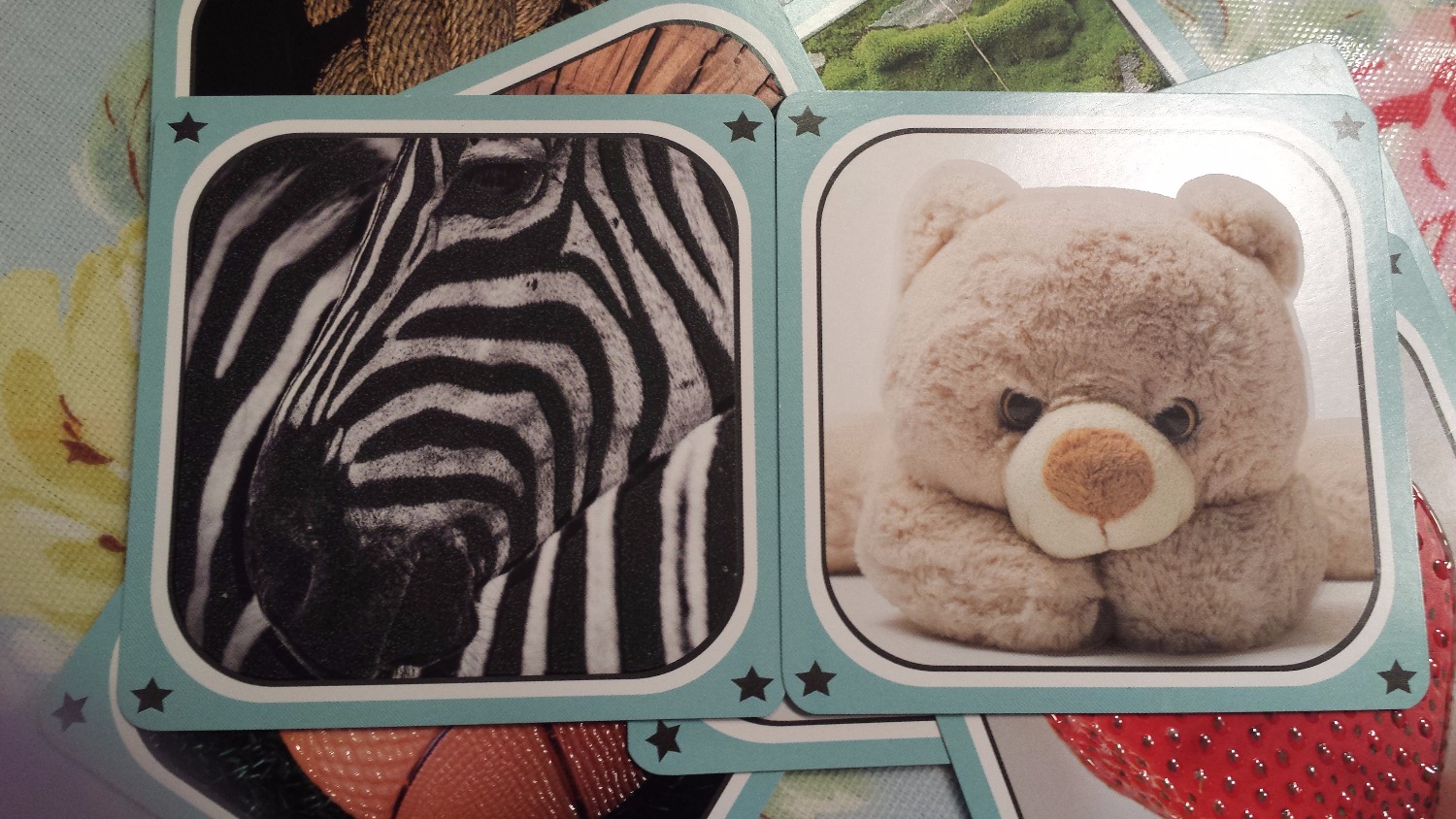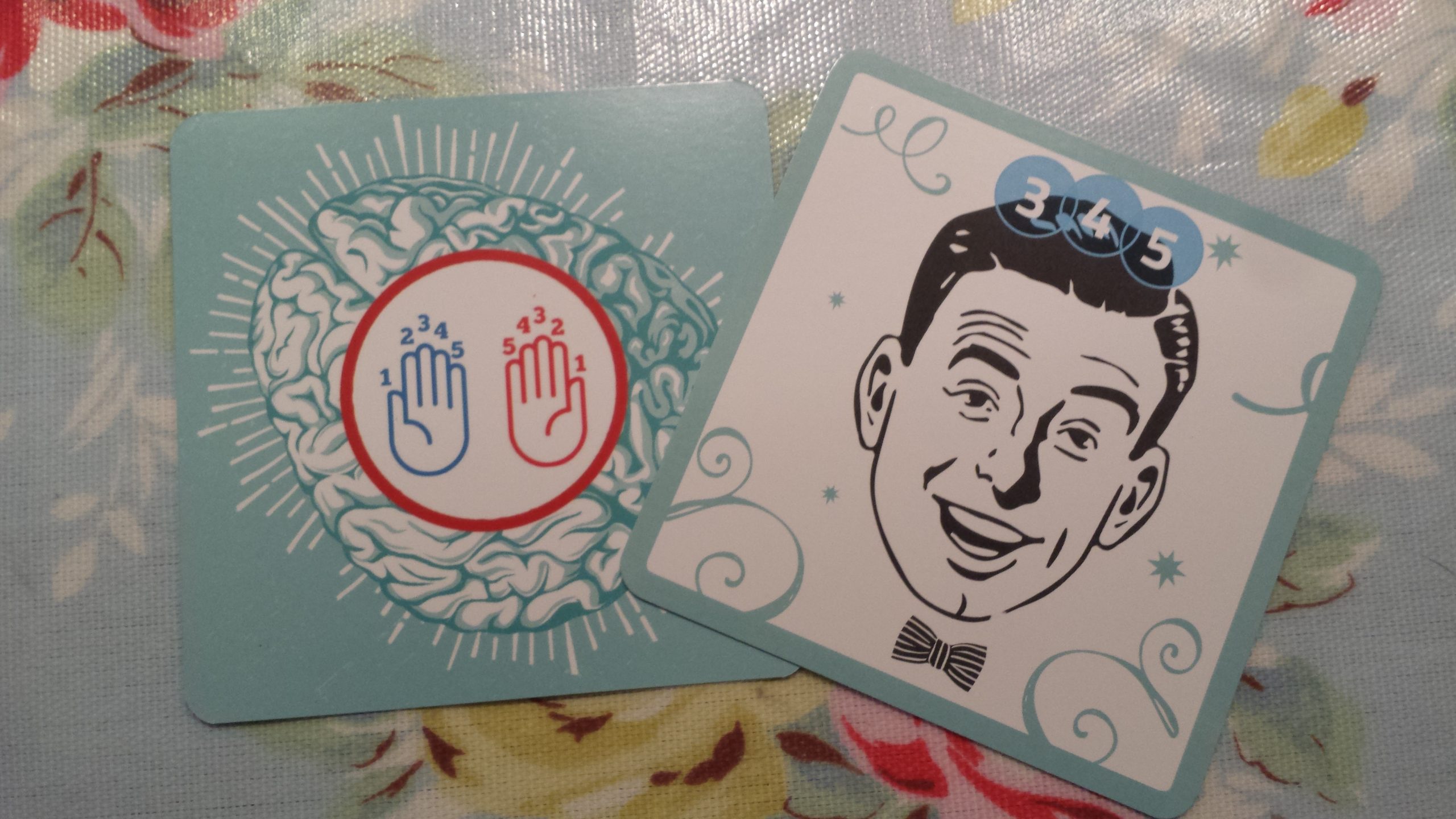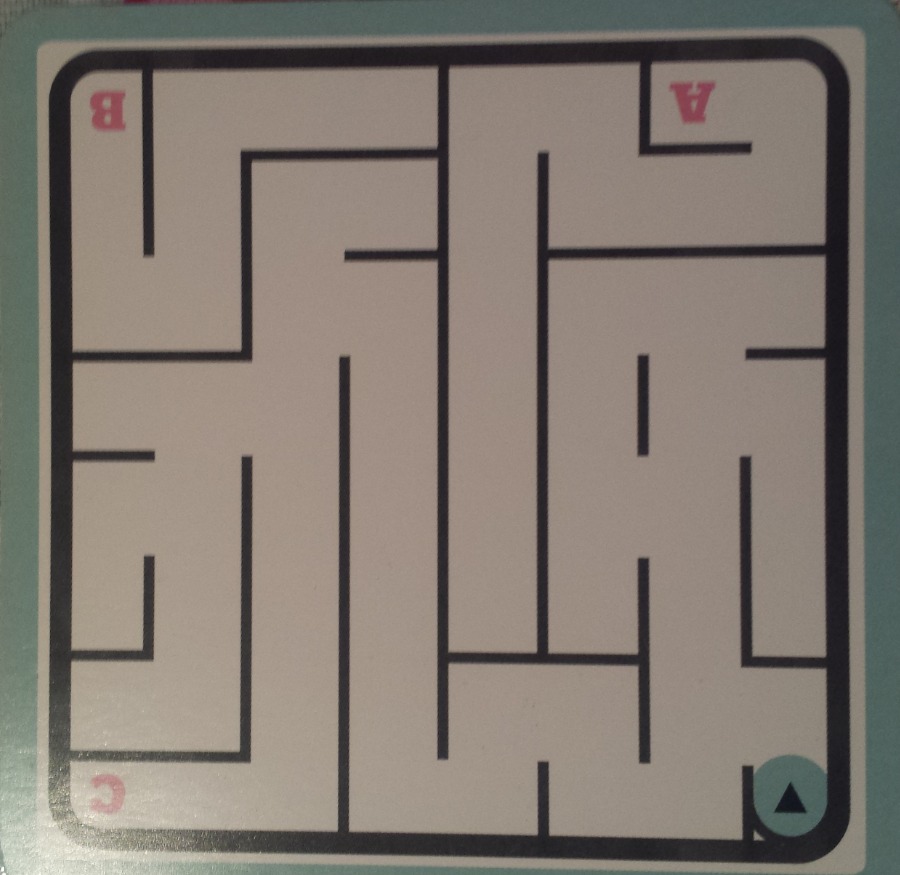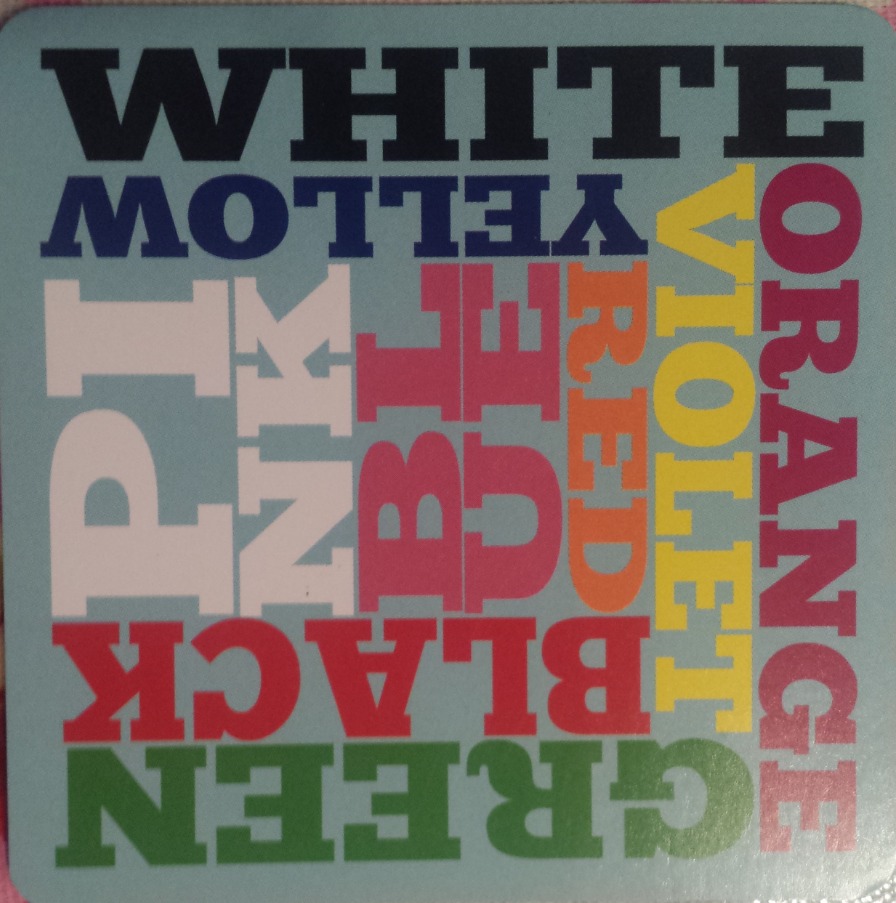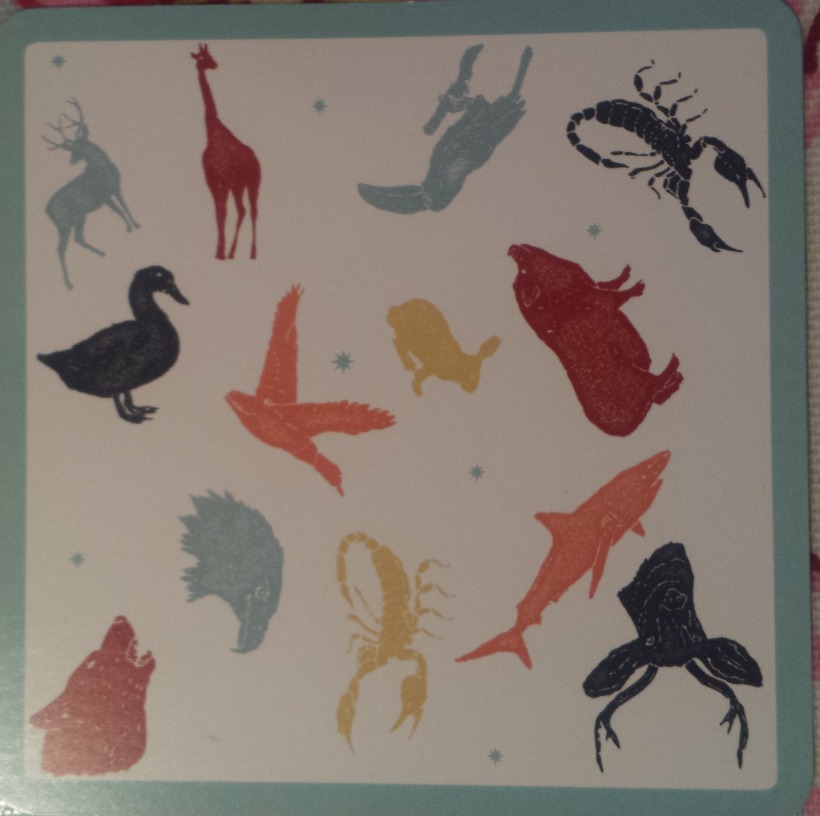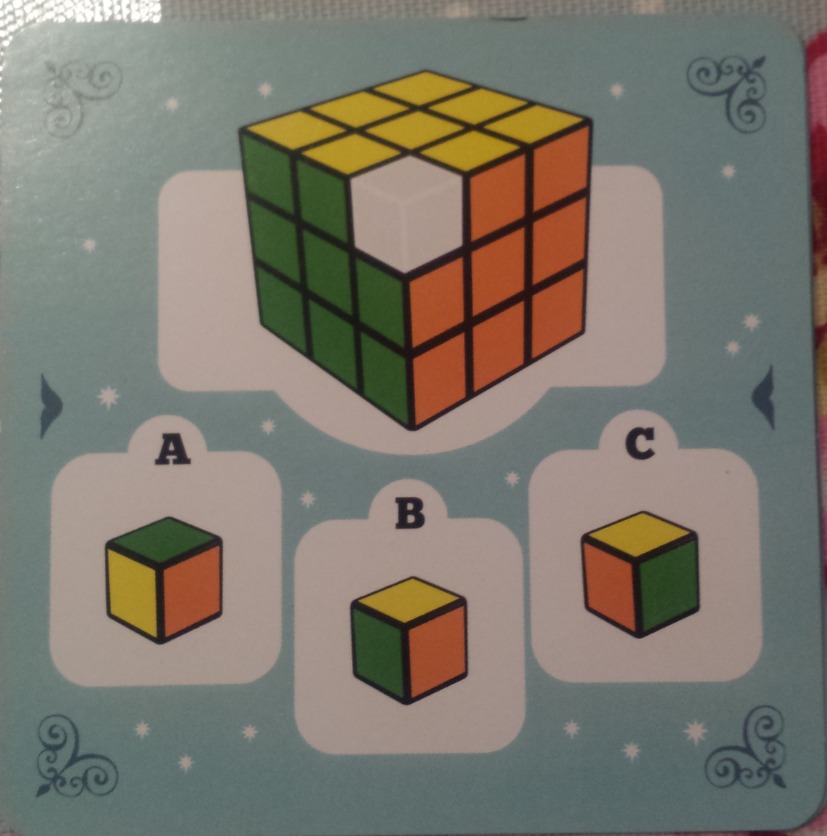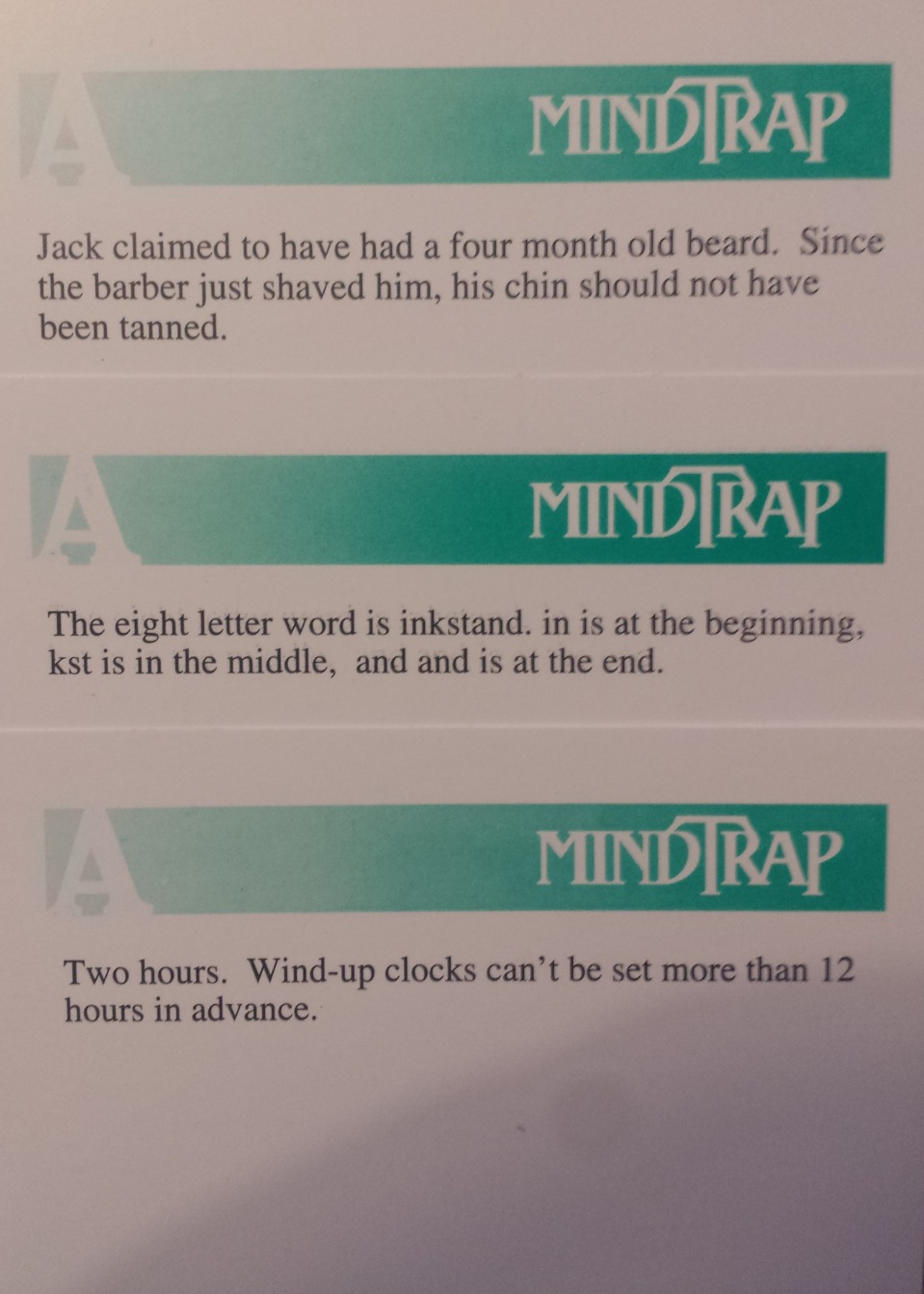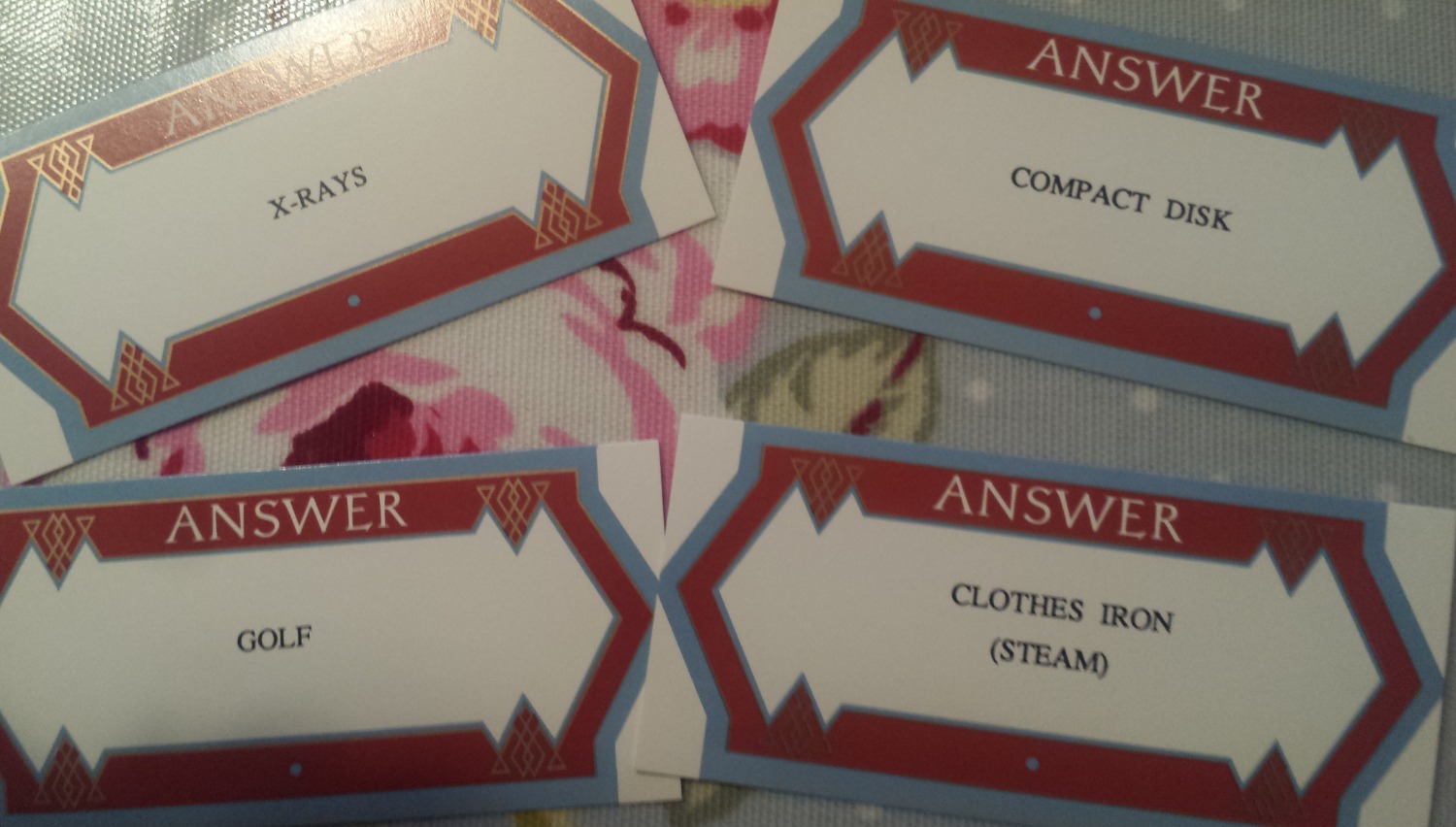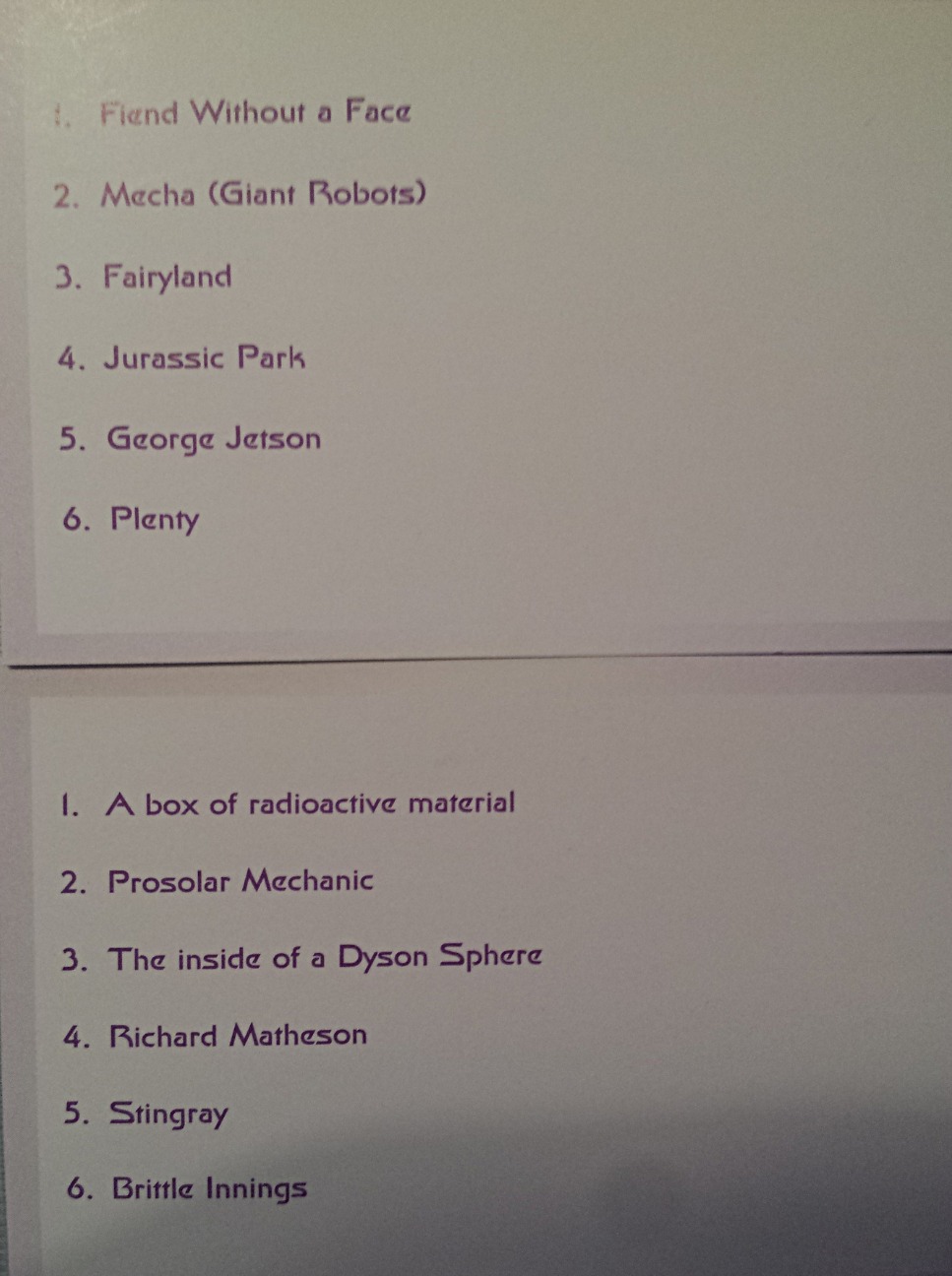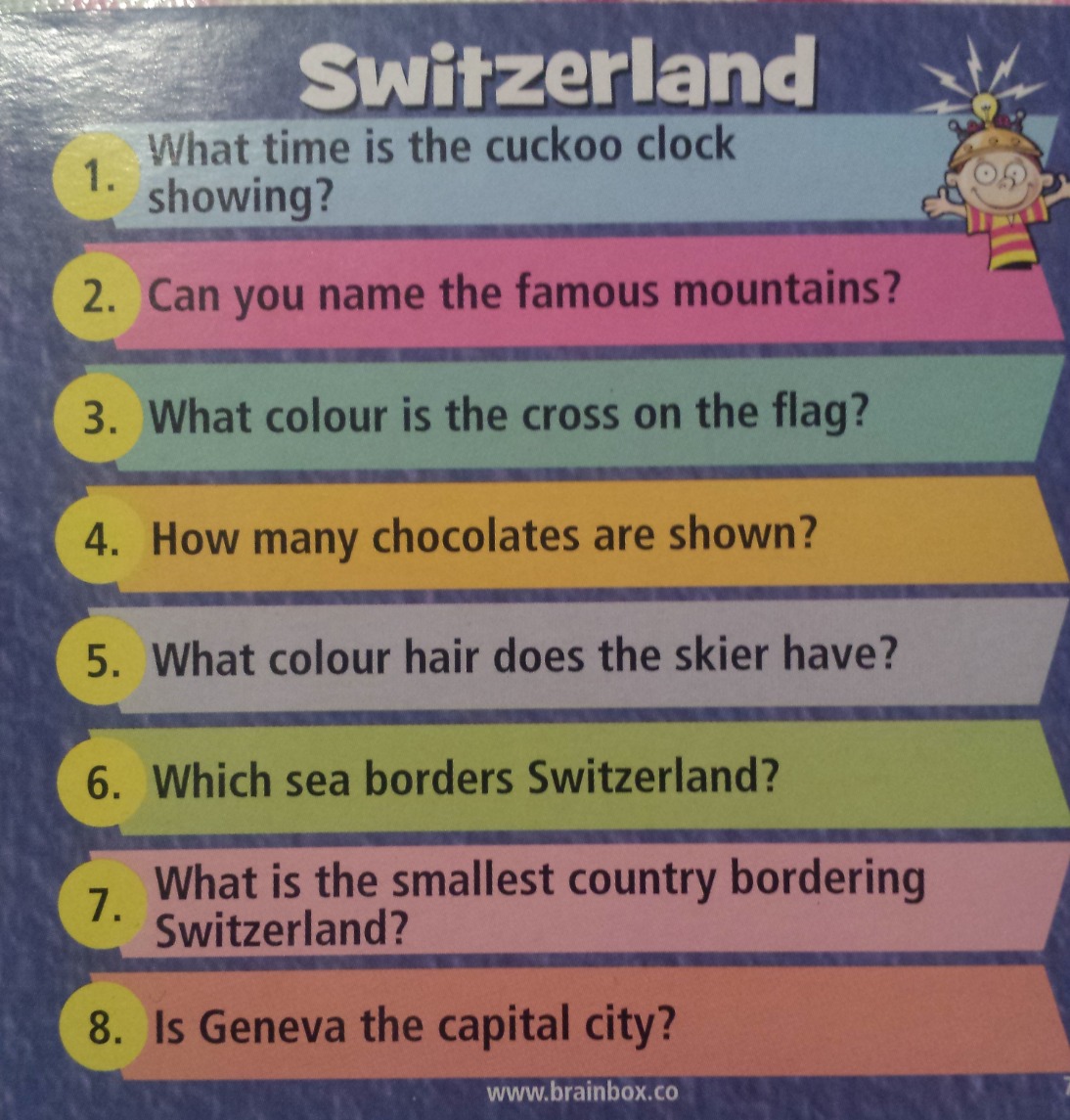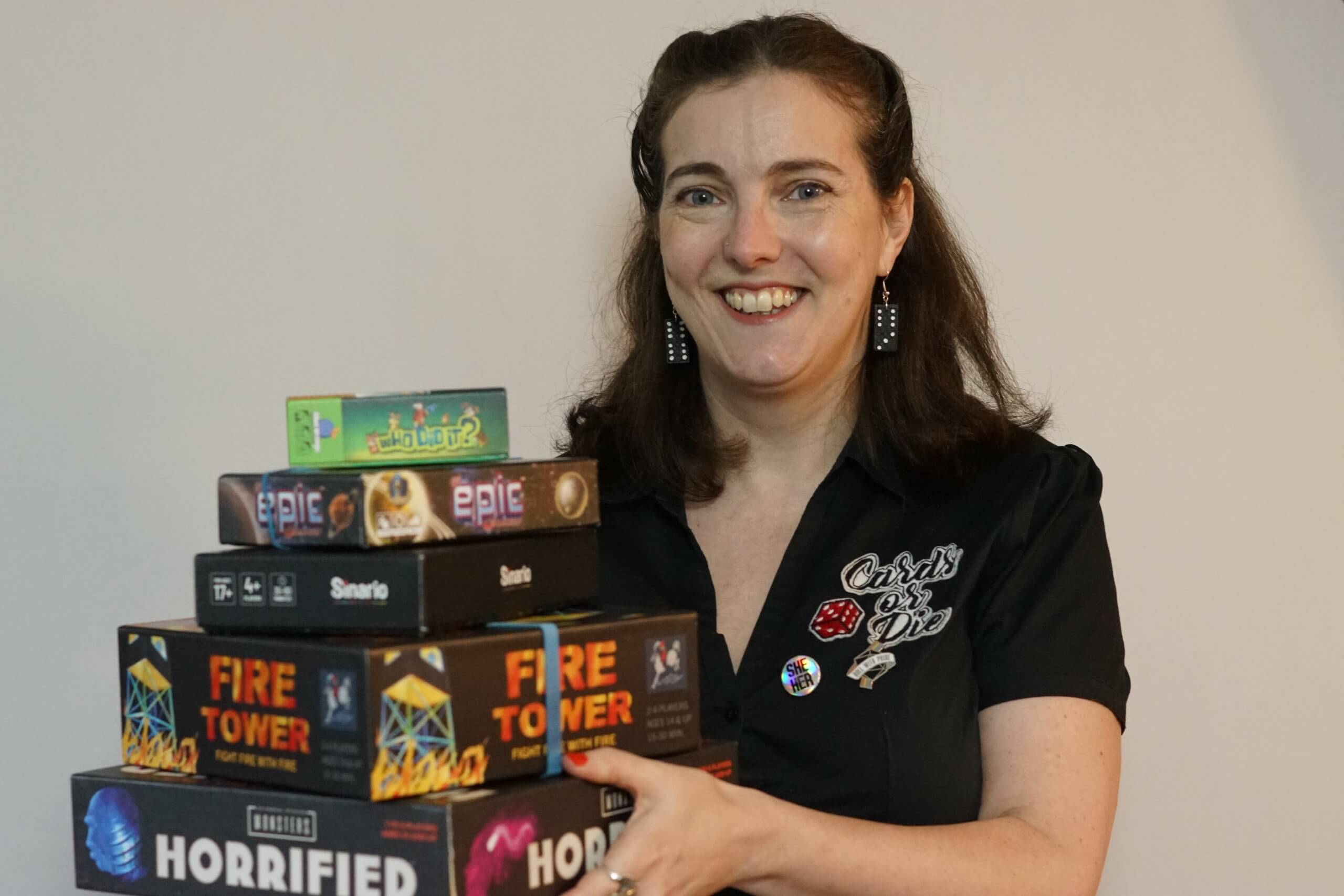
This week I have attended loads of really useful events as part of Leeds Business Week run by the Yorkshire Mafia. Lots of the workshops and seminars were free which is amazing especially when you consider the amount of help and advice you can amass during this week. There are so many events on that it is impossible to attend them all. I thought it might be useful if I shared some of the key messages and ideas that I will be putting into practice.
Become a Great Networker in Just One Hour – Colin Tweedie
One of the features of this workshop which I feel confident that I am already nailing is having a good handshake. I am so glad that it was explicitly taught though. Too often I shake hands with people who are unpleasantly limp or who pump your arm so enthusiastically it hurts! As a form tutor, I used to regularly test my kids’ handshakes. It is often either the first or last impression you make on people and it really counts. Having been given a breakdown of what makes a good, firm handshake I am confident that no-one left that room with a flaccid handshake.
But there’s more to networking than shaking hands firmly. We also covered the idea of researching other attendees at networking events in advance. This is not something I had previously thought of doing as it seems a bit stalkery. But actually, information on social media is in the public domain so why not work out who would be good to talk to and then make a point of chatting to them. So much of this seemed common sense – but that’s the most useful advice isn’t it? – straightforward ideas that you can easily implement.
I was also reminded of the importance of using people’s names. Again – it’s not rocket surgery but it’s a very effective thing to do, provided of course you don’t go over the top. Learning and using names was a very basic thing I did when I had interview lessons but it was surprising how many interviewers picked that up as a positive and fed back to me how impressed they were. It’s something, as a teacher, I took for granted. I knew it was important to learn names and I did. So, it was a very useful reminder that everyone likes you to learn their name and use it.
How to Use Linkedin to Generate Leads – Nigel Cliffe
I have struggled for a while to get to grips with LinkedIn. I share my blog on there each week but beyond that I feel like I just don’t get it. I have accepted many, many requests and have a frankly ridiculous amount of followers – all of whom seem to have messaged me with varying degrees of literacy to offer me their services. One ambitious young man even assured me he could improve ‘every aspect of’ my life. A bold claim indeed. It was reminding me too much of internet dating so I started giving it a wide berth. One of the pieces of advice was to cull your following so that you keep people that you are genuinely interested in and who have genuine interest in what you are doing. It’s easy to dismiss advice as obvious but it’s important to remember that just because it’s obvious doesn’t mean you’re doing it! *cracks knuckles… logs in…*
The tips that I am putting into practice are all based on the theory that the focus should be on engagement rather than selling. In that way LinkedIn is similar to other social media. As well as interacting with your now trimmed list of followers, a useful thing to do is ensure that you interact or connect with people who have viewed your page. If it’s free you are only shown the 5 most recent but that just means that you need to check more frequently to make use of this information.
Nigel Cliffe also drew my attention to the social selling index page which measures your effectiveness on LinkedIn. You can click on links to find out more about how you can improve your score which seems a sensible place to start making practical changes to improve my use of LinkedIn.
Out of all the people that attend these sessions Nigel Cliffe claims that only 20% will act on the advice they have been given. What a waste of our own time. We have already spent a great deal of time travelling to and from sessions not to mention attending the sessions themselves. It seems madness to not invest some further time embedding these ideas into our day to day practices.
Avenue HQ – co-working space
I spent a significant amount of time in Avenue HQ this week, making the most of their offer of free desk space and faciilities. As someone who works from home this space was awesome. It gave me important time to reflect and start to practice some of the ideas I’d picked up. I am determined to be one of the 20%!
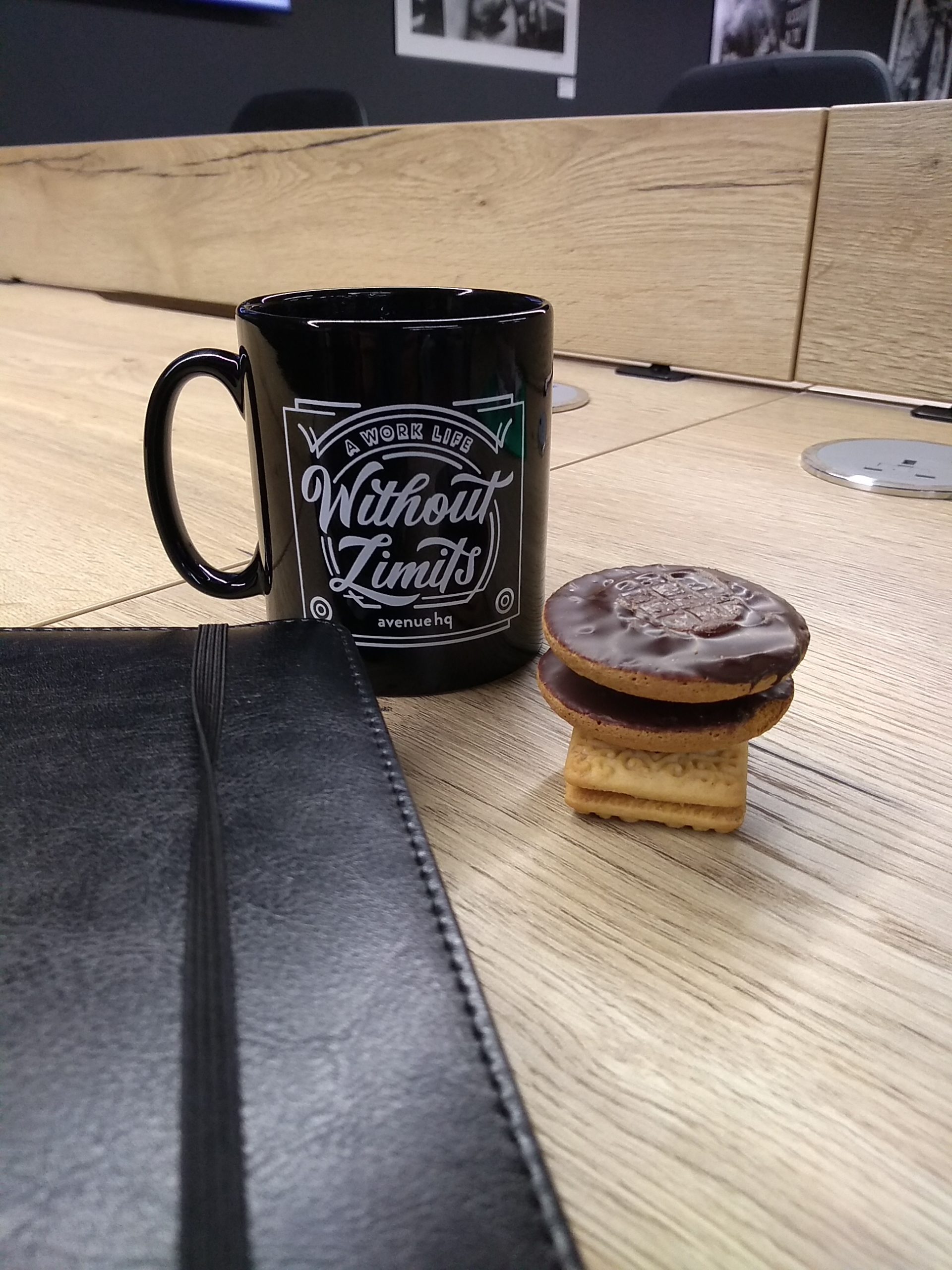
Building a Business That Provides a Regular, Predictable Income and Cash – Tendo
One of the main benefits of attending this seminar is that I have joined the Facebook group – Business Squad. It’s a Leeds based group who offer support to one another, celebrates successes and shares challenges. It’s a very active group and it looks like a great group to be a part of.
This seminar focused on the reality of running your own business. We all start out with a vision of freedom, of following a passion and a dream and if we’re not careful, all too quickly, we are sucked into a quagmire of long hours and stress about money. Admittedly this is a different quagmire than we were in before – we made this one ourselves. But I’m not sure if that makes it better or worse!
It’s healthy to take a step back and re-focus on your original plan; it is so easy to be blown off course. This workshop afforded me the opportunity to do just that. We also looked at predicting income in advance and how small adjustments to your planning and behaviour can make huge gains overall. After all it is through increasing income that we can buy that dream of freedom and steer our own course.
We were encouraged to consider how we could generate passive income – considering ideas such as: online courses, online content, membership or subscriptions. I use Ko-fi with varying degrees of commitment and subsequently varying degrees of success! Certainly lots to think about and mull over from this one.
The Pitfalls of PR and Making it Work For You – Open Communications UK
Lindsey Davies ran this engaging session. I have to say I have never really considered the difference between PR and advertising. The distinguishing feature I took on board is that PR is free and advertising is paid. It’s no surprise then that I am very keen to master all things PR! There’s a reason I feel at home in Yorkshire.
Lindsey Davies suggests buying the local papers every day for a week so that you can discern what is published on certain days. Then you can actively look for opportunities to engage with journalists in a productive, relevant and authentic way. I have opened a column on tweetdeck which shows tweets with the hashtag #journorequests and filtered it to Leeds so that I can see if there are any relevant requests for articles. I am not going to invest a lot of time here because as chief cook and bottle washer I have to carefully allocate my time-just a quick daily check so that I don’t miss out on any free publicity opportunities.
Brand Bootcamp with Magpie
This was the most useful activity of the week. It was a one-to-one session looking in detail at my brand and discussing possible opportunities and ways forward. There is nothing I can really share from this as it was completely personalised and bespoke. However I would urge you – if you get the opportunity to engage with Magpie, I can’t recommend them enough. If you missed this year’s sessions keep an eye out for them next year. I know I will be.
Empowered Women

The final event of the week featured four female entrepreneurs talking about their personal journeys to success. There were many differences but where they overlapped is worth noting. They all championed the idea of supporting and inspiring other women and continuing on the journey of seeing women more represented at senior levels. They viewed Motherhood as a job in itself, even those on the panel without children acknowledged that at the end of your days work you go back home and start your other job. It was refreshing to hear that shared viewpoint. If you want to watch the full event it was filmed and will be uploaded on Sedulo’s youtube channel soon.
The thing I will take away from this event though is Holly Moore’s statement about core values which was simply
‘Work hard. Be nice.’
An inspiring end to the week.
So to sum up….
The reminder that we should all have in mind a detailed outline of our idea customer (s) – what do they read? where do they go? what do they buy? ran like a thread through all of the workshops. I will definitely be re-visiting and updating this.
Pretty much every session I attended mentioned at some point the importance of video. Again this is something I have known for a while and actively avoided! I am vowing to bite the bullet, eat the frog or whatever analogy you prefer and do some live videos. I am telling you this to force my own hand. If you would like me to tag you in my live to encourage you to do the same, just give me a shout!
There were many more finer details and points of learning in these seminars and I would encourage you to keep an eye out for any opportunities to attend sessions. This is just a taster of what I learnt this week. I think it’s important to distil what you have learnt and put the most accessible ideas into practice; then review and consolidate. At a later date you can build on that and practice other new ideas. Remember habits are most effective when they are tacked on to your existing successful habits. So what are you waiting for… carefully select some stationary and a nice notepad and get planning!
